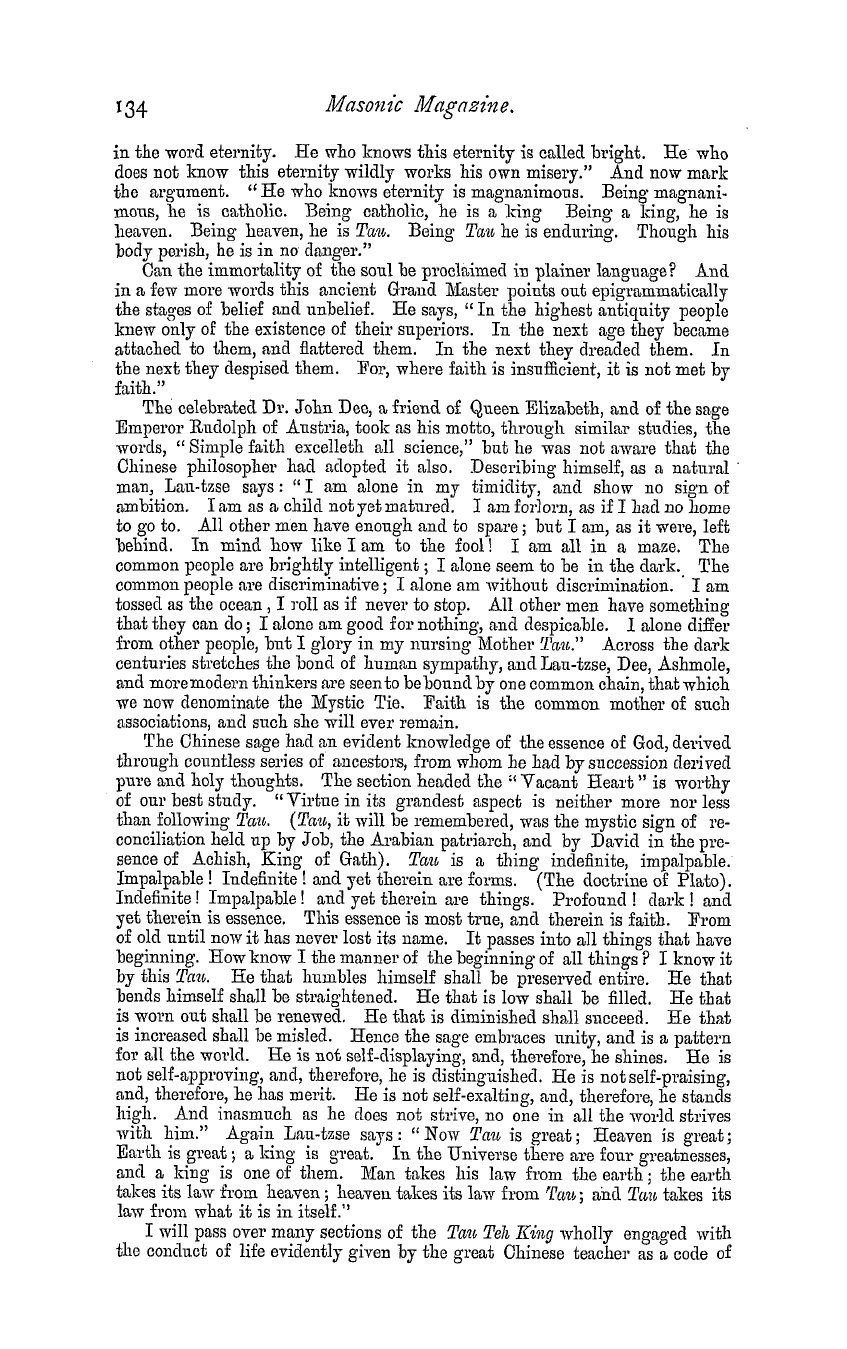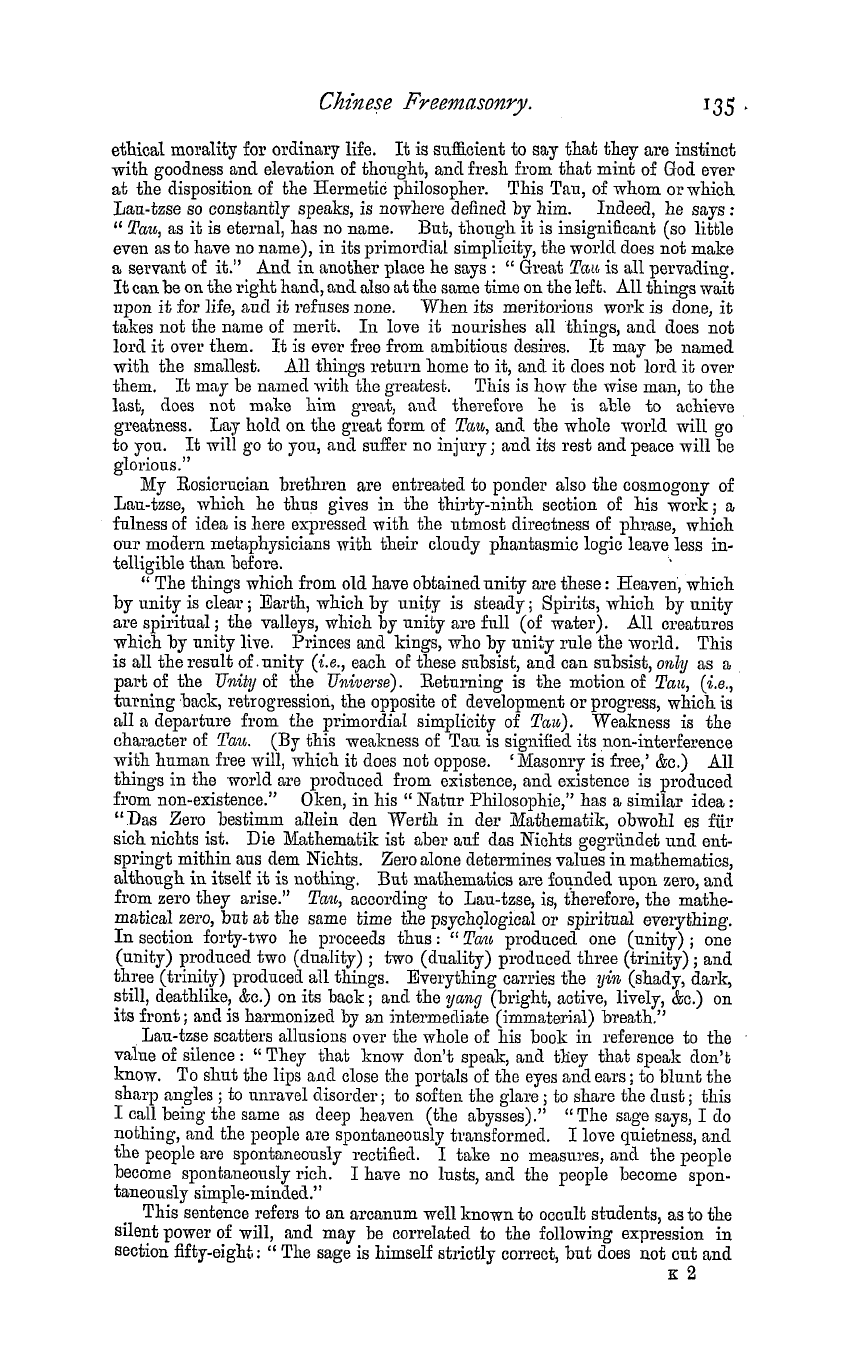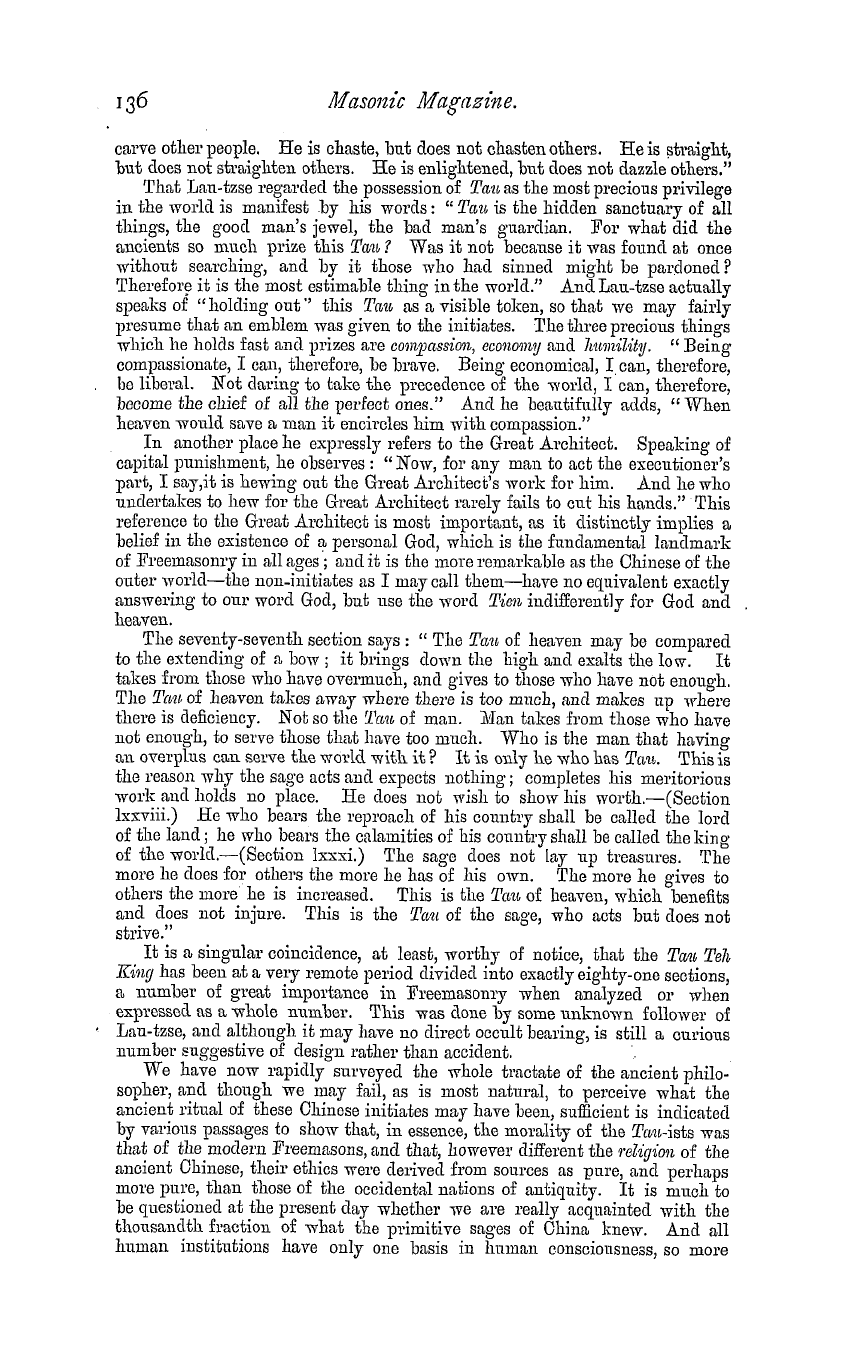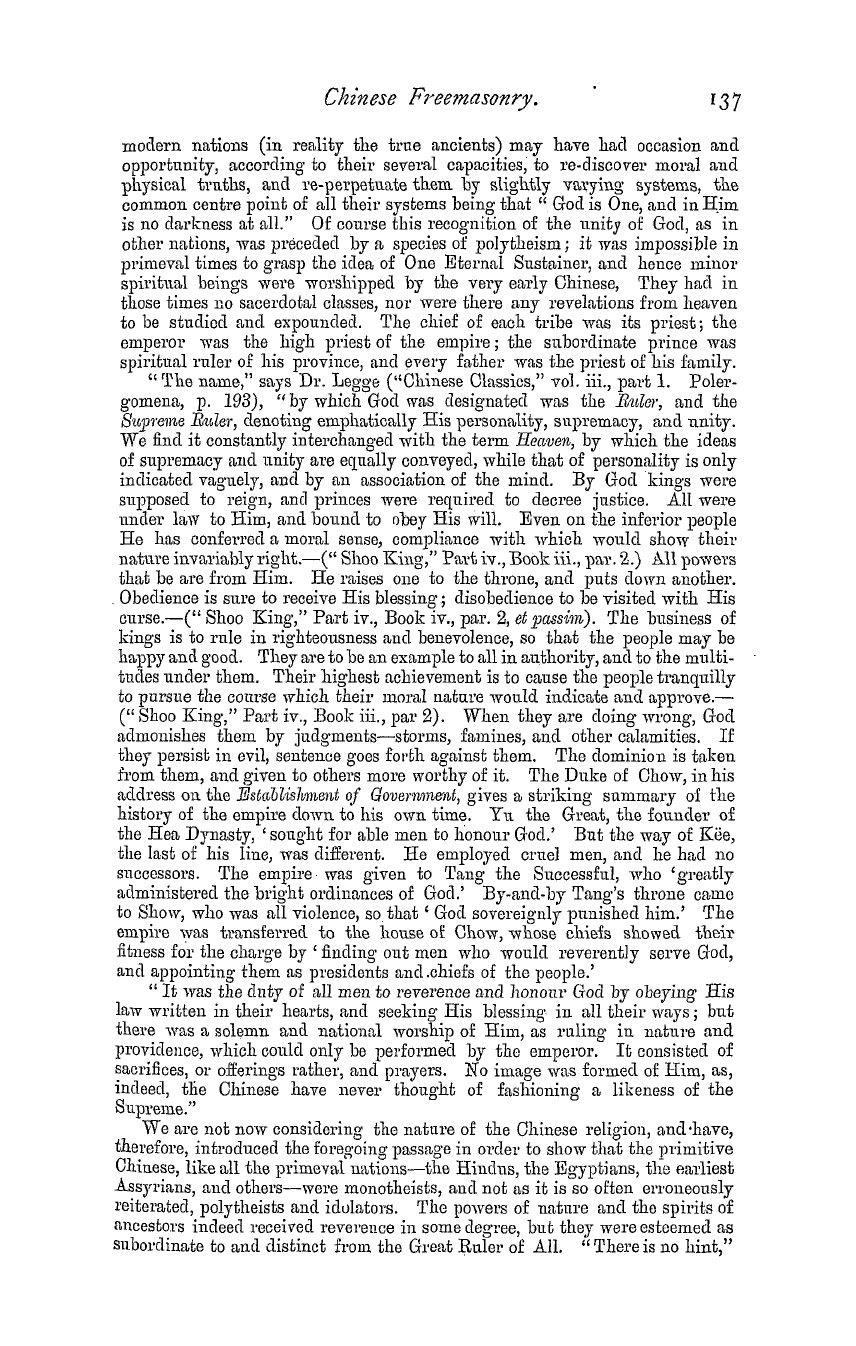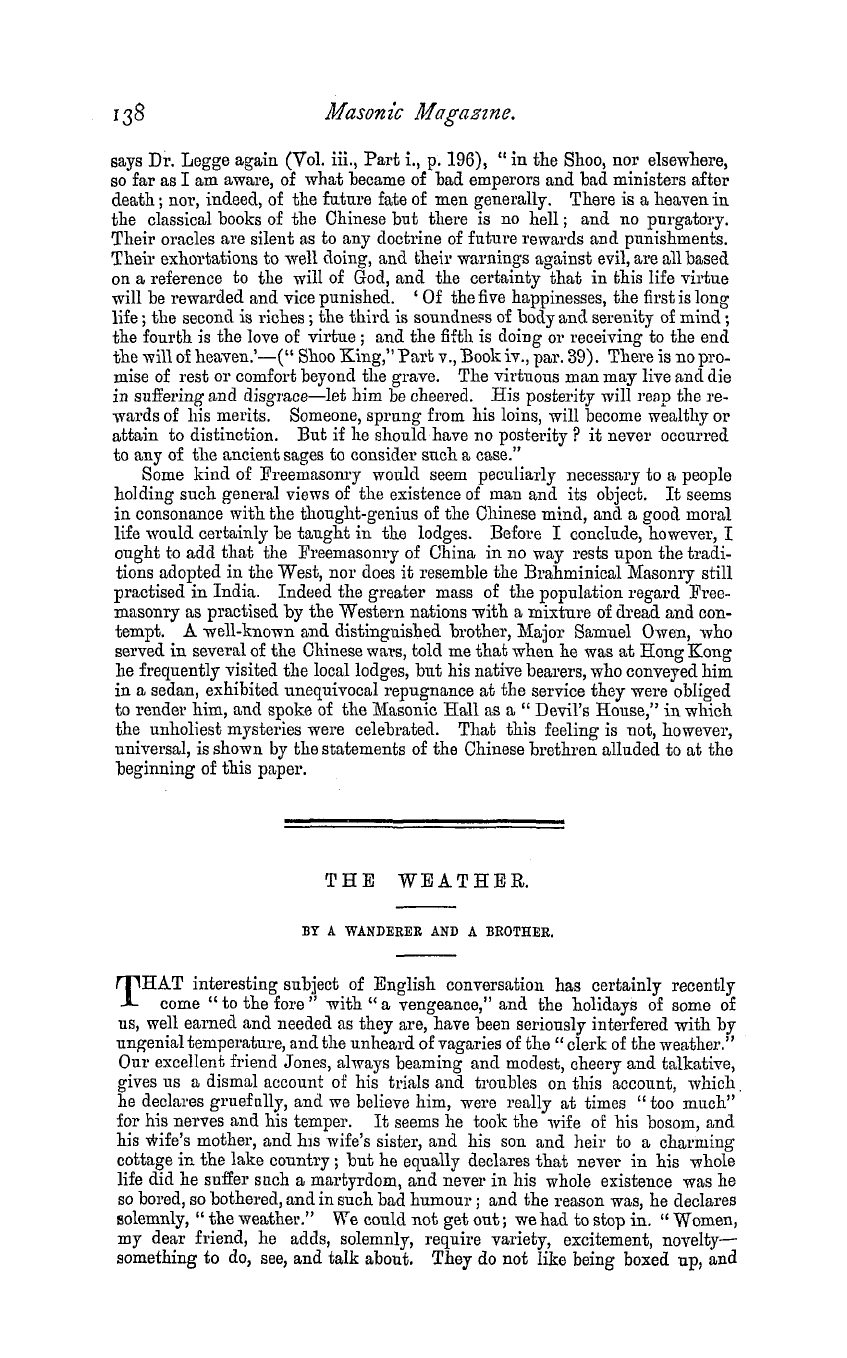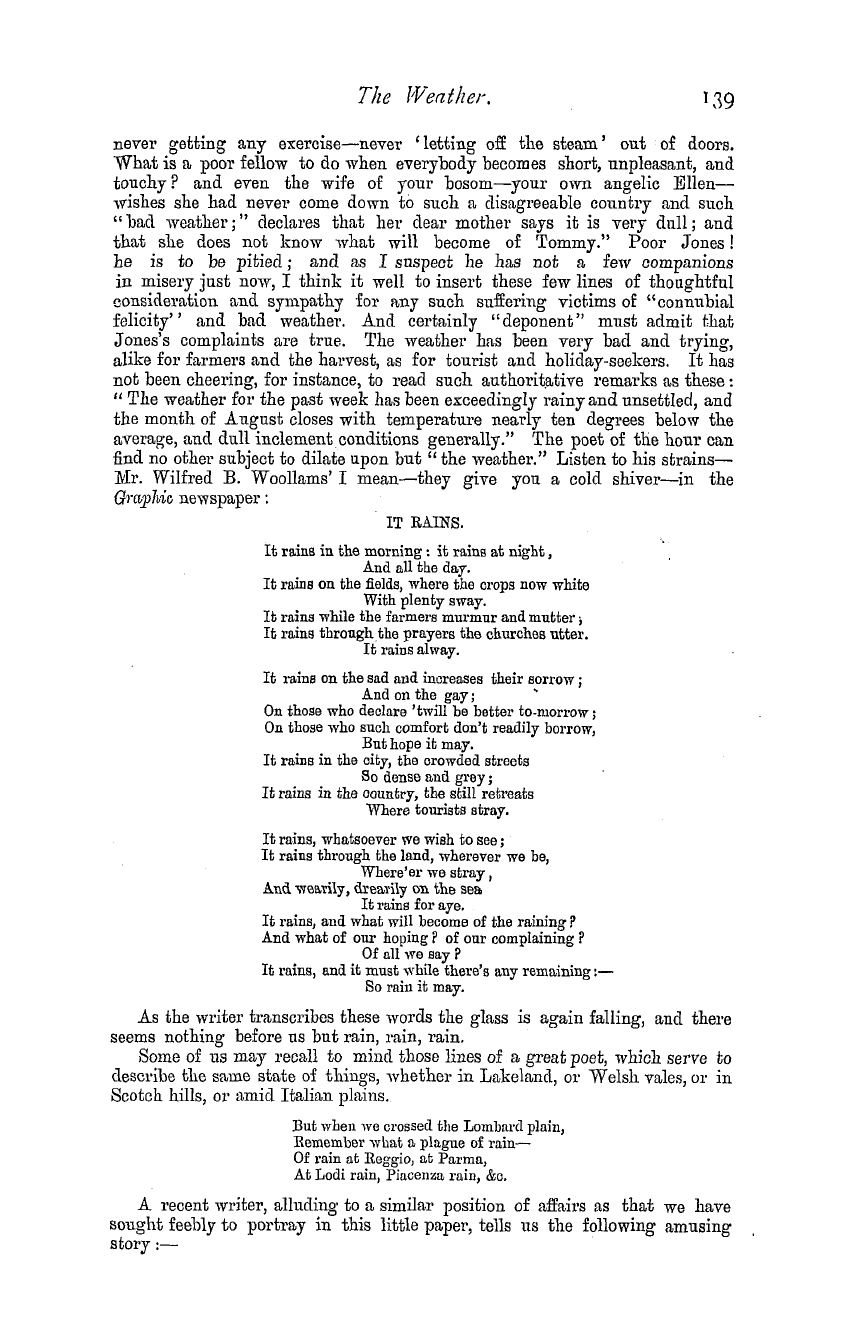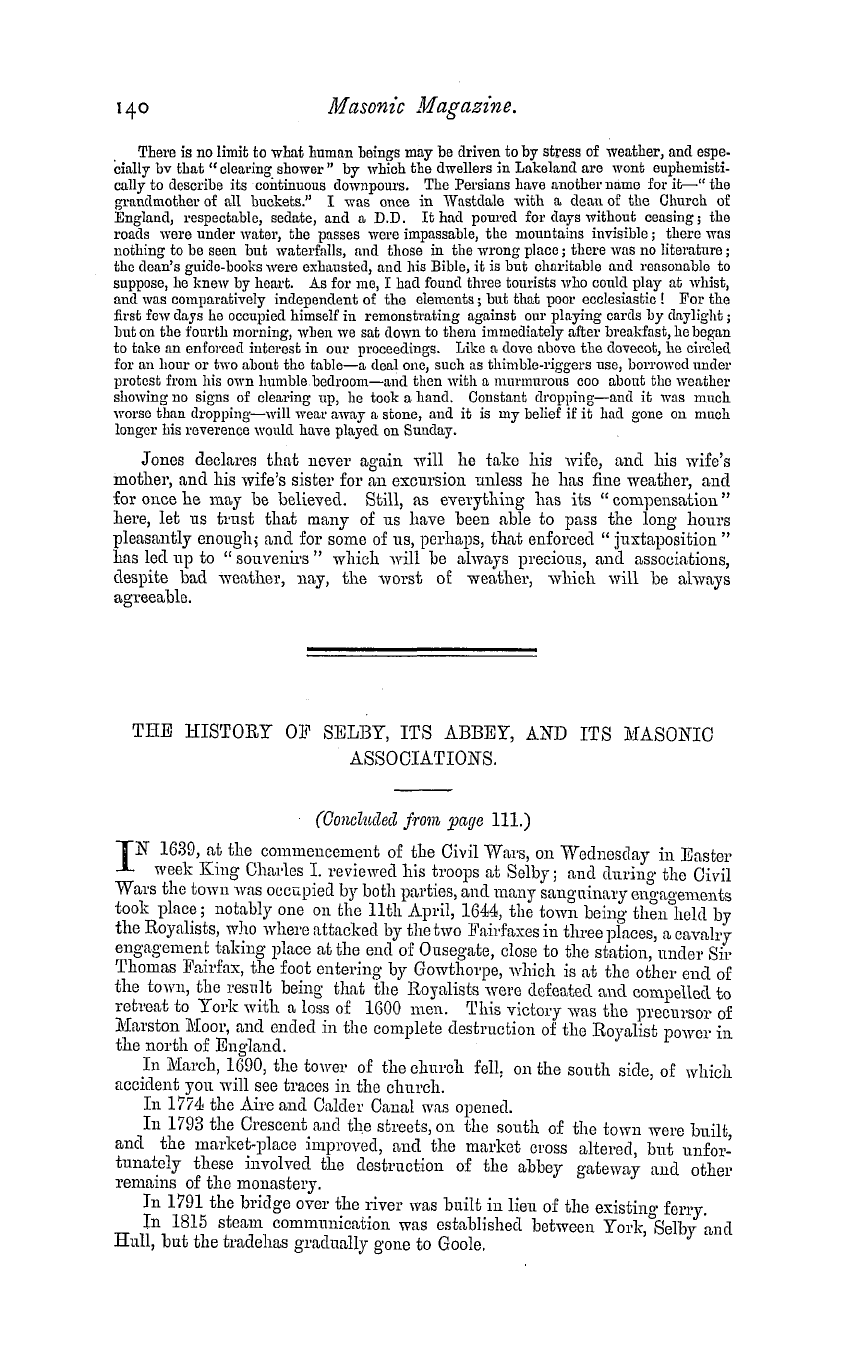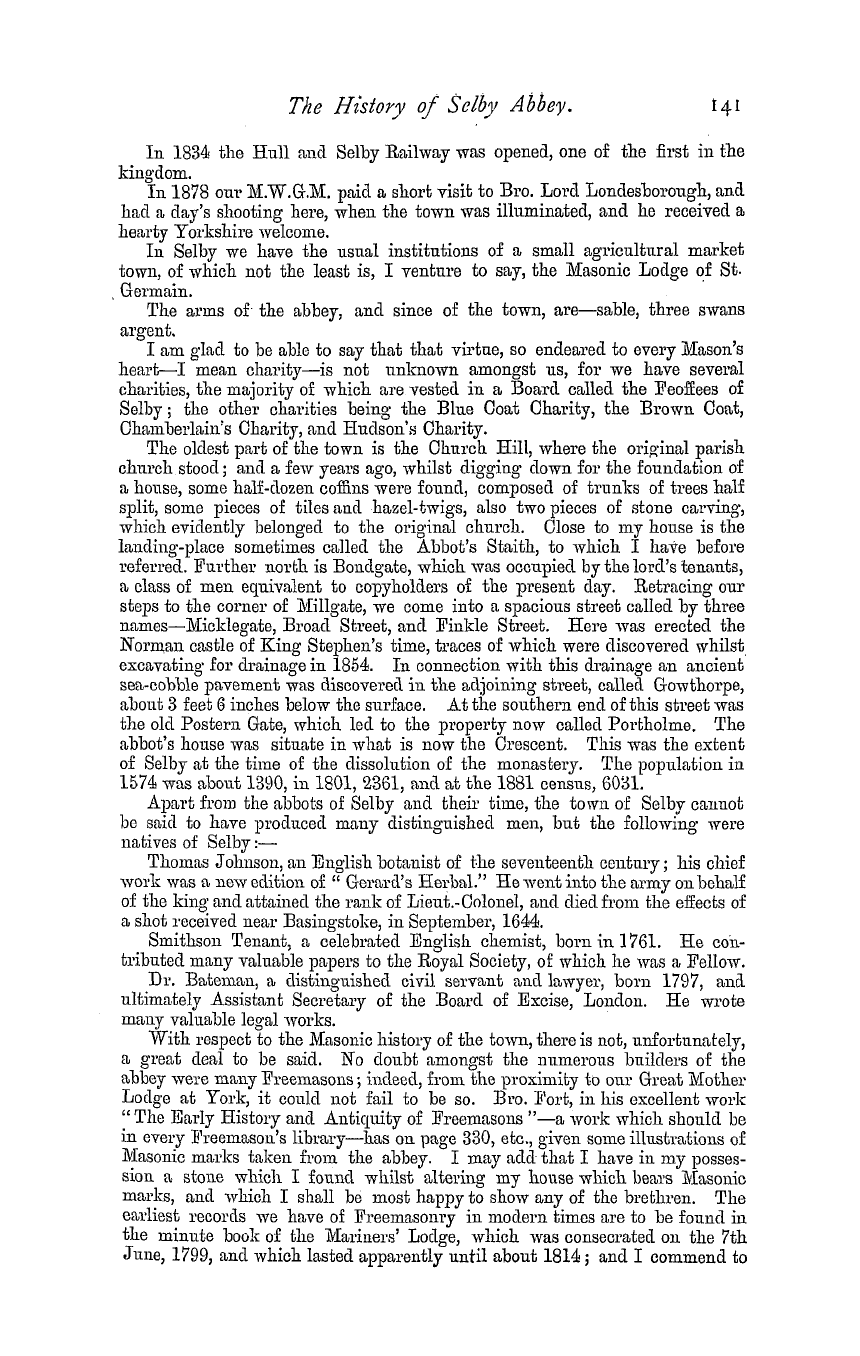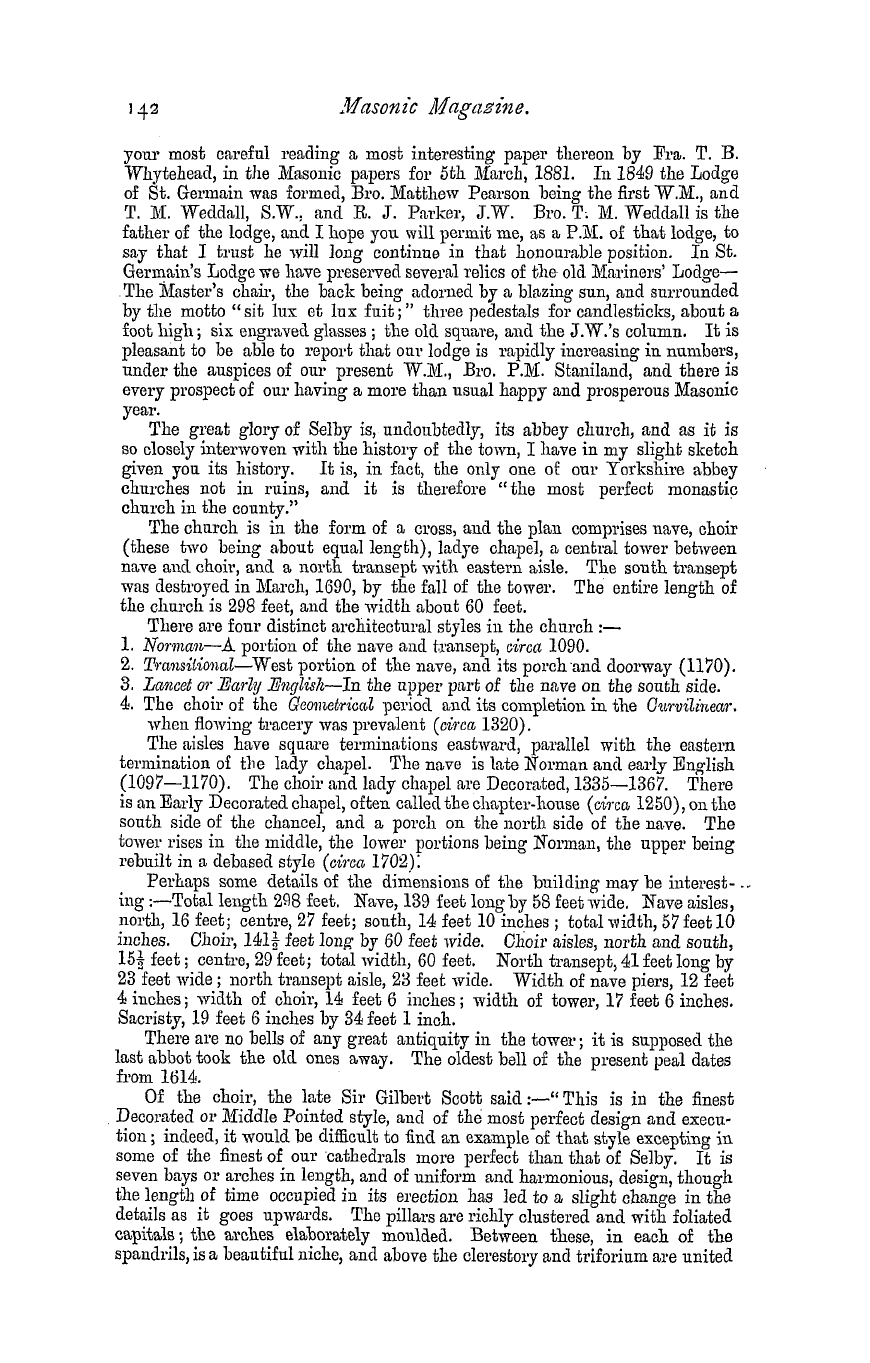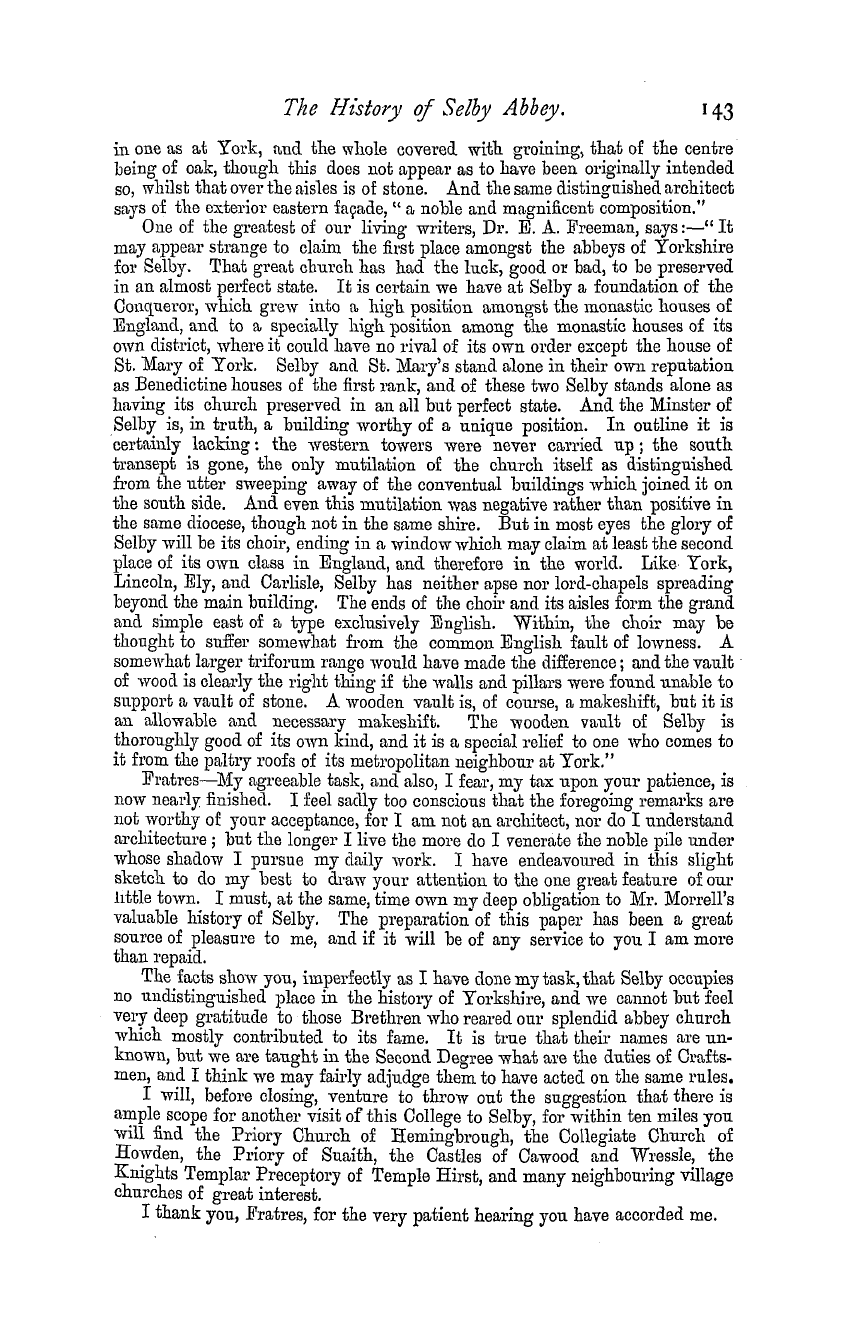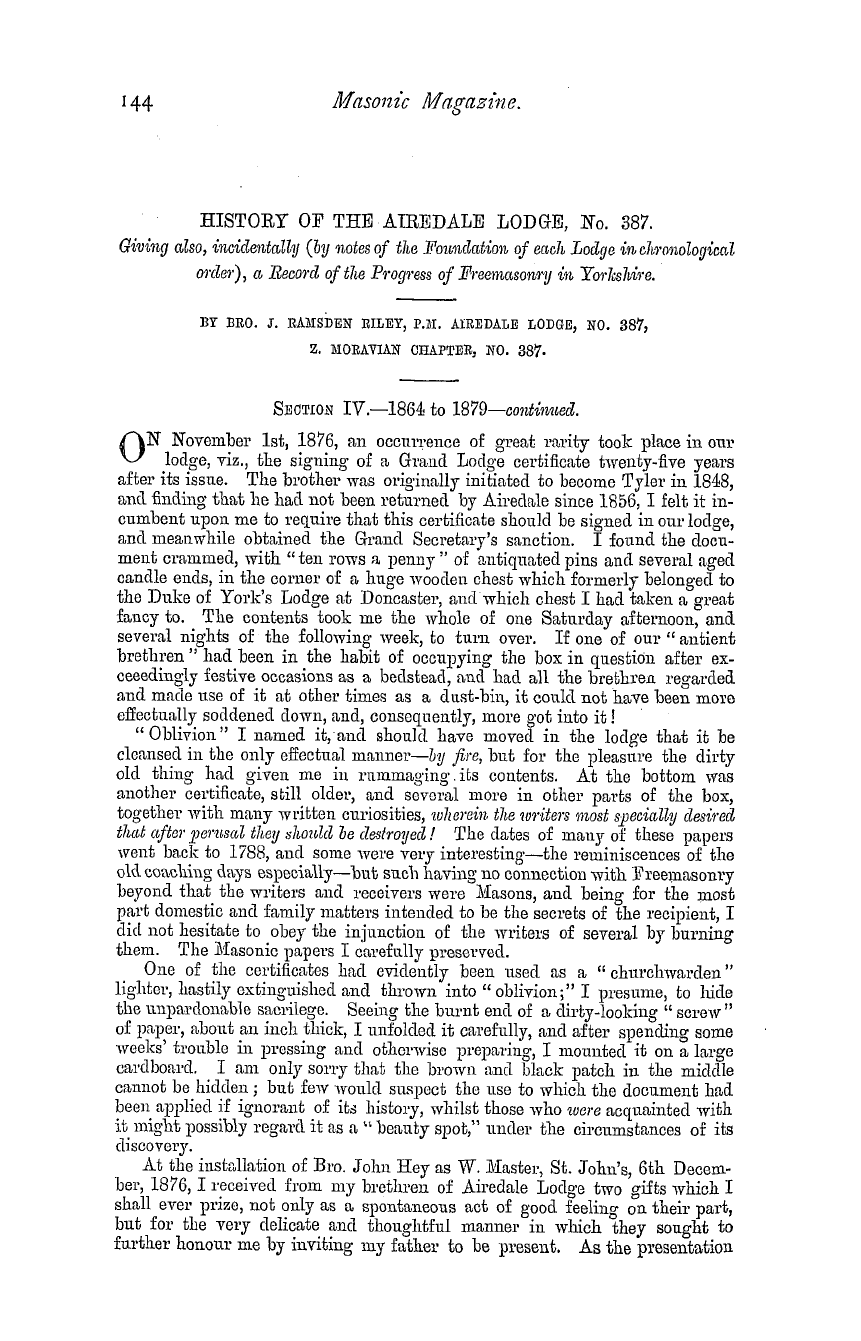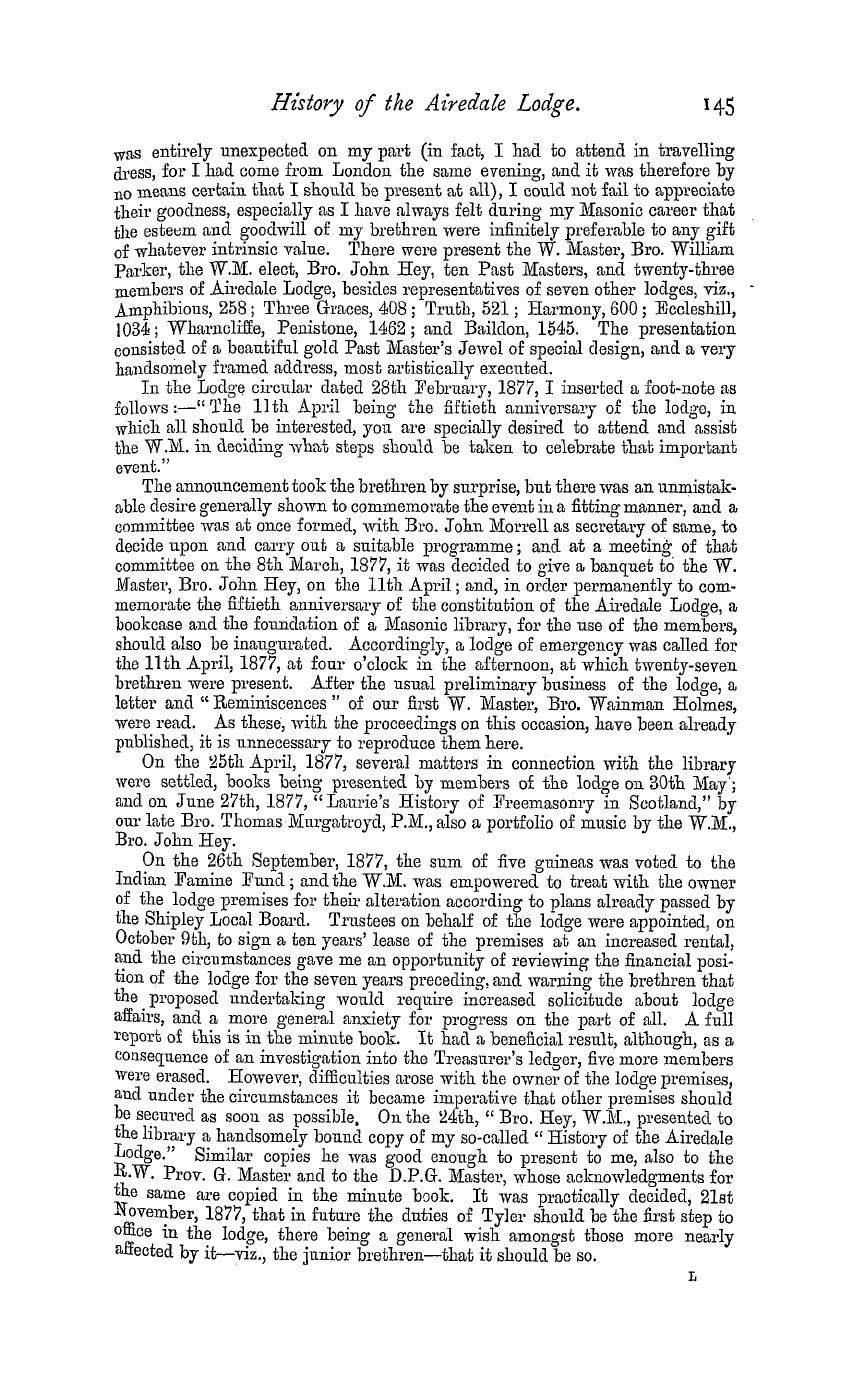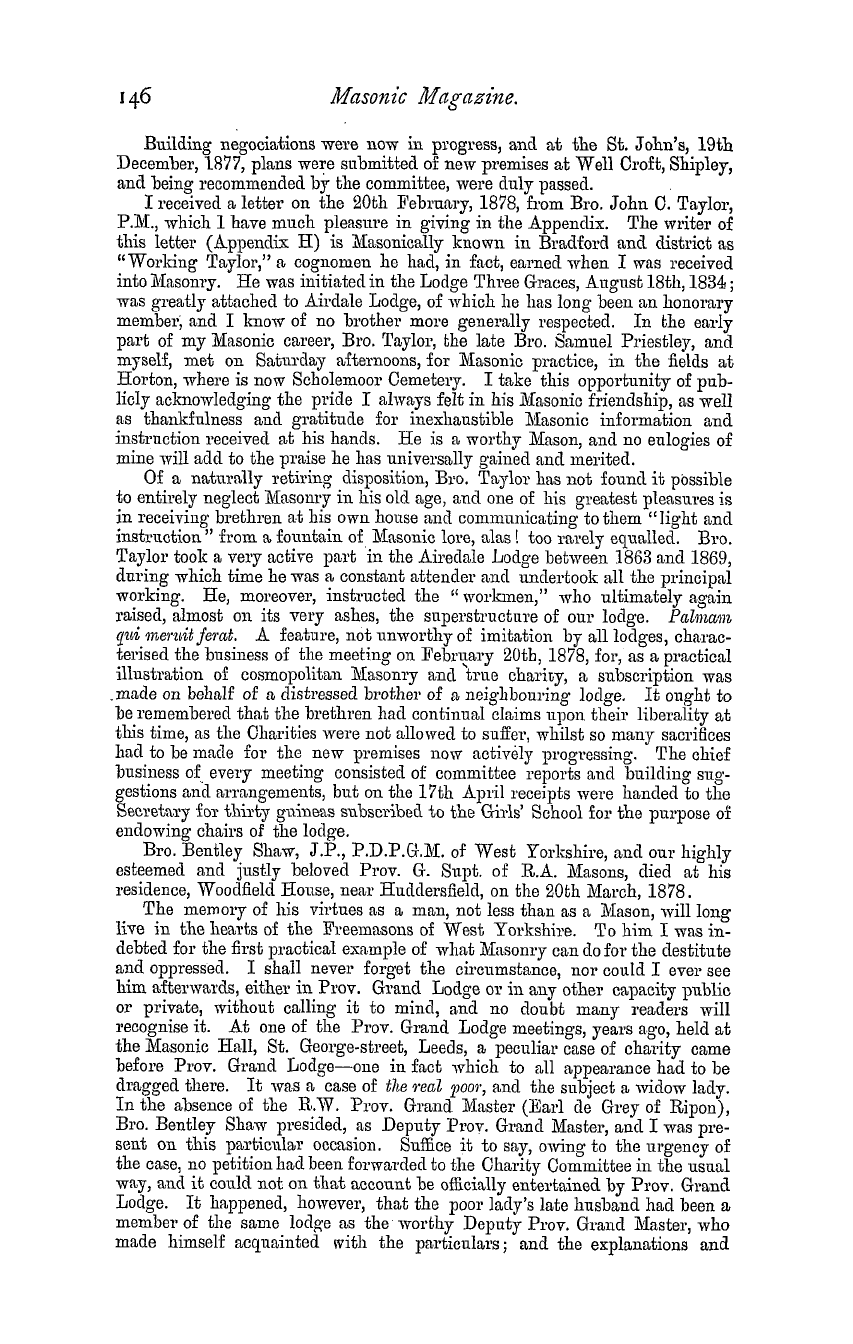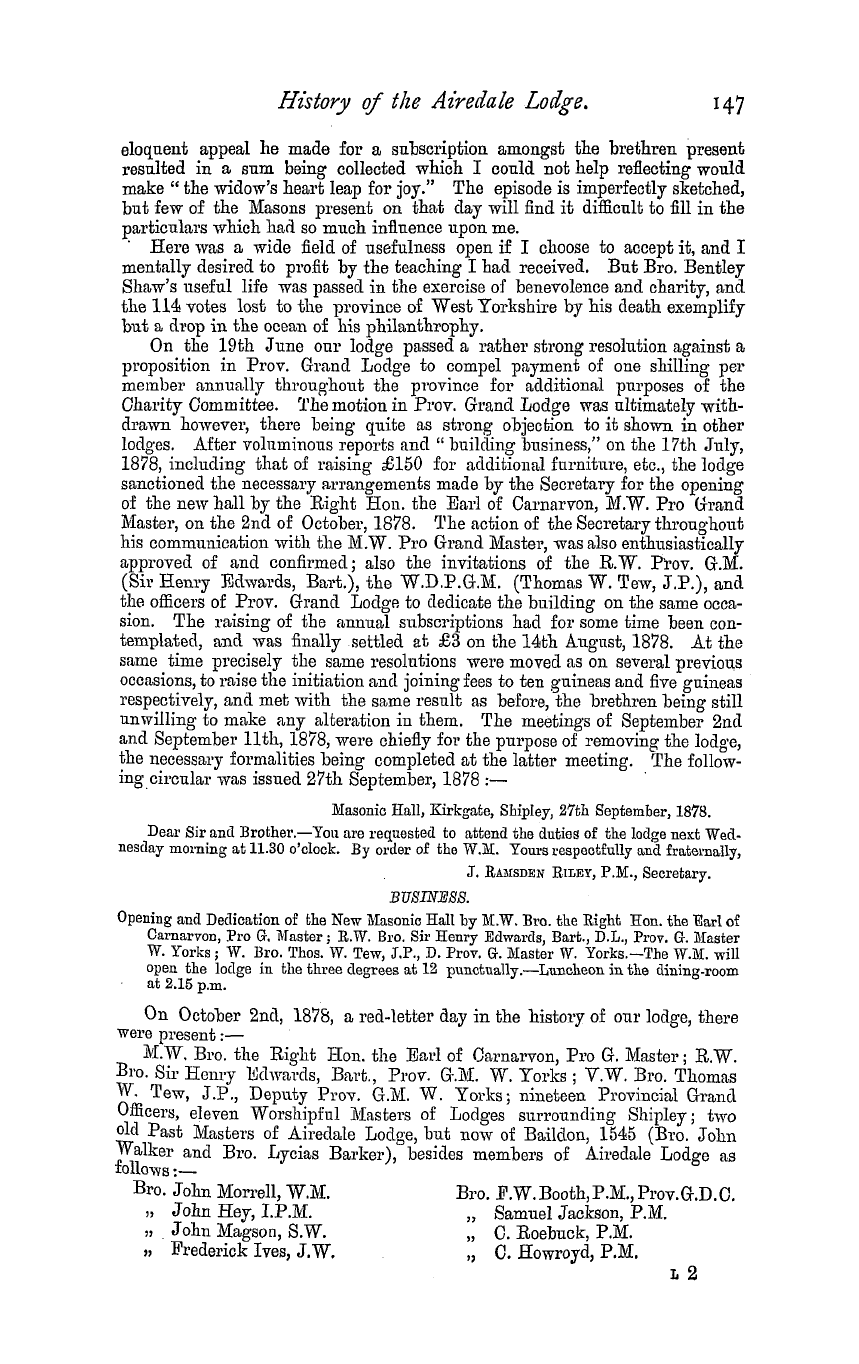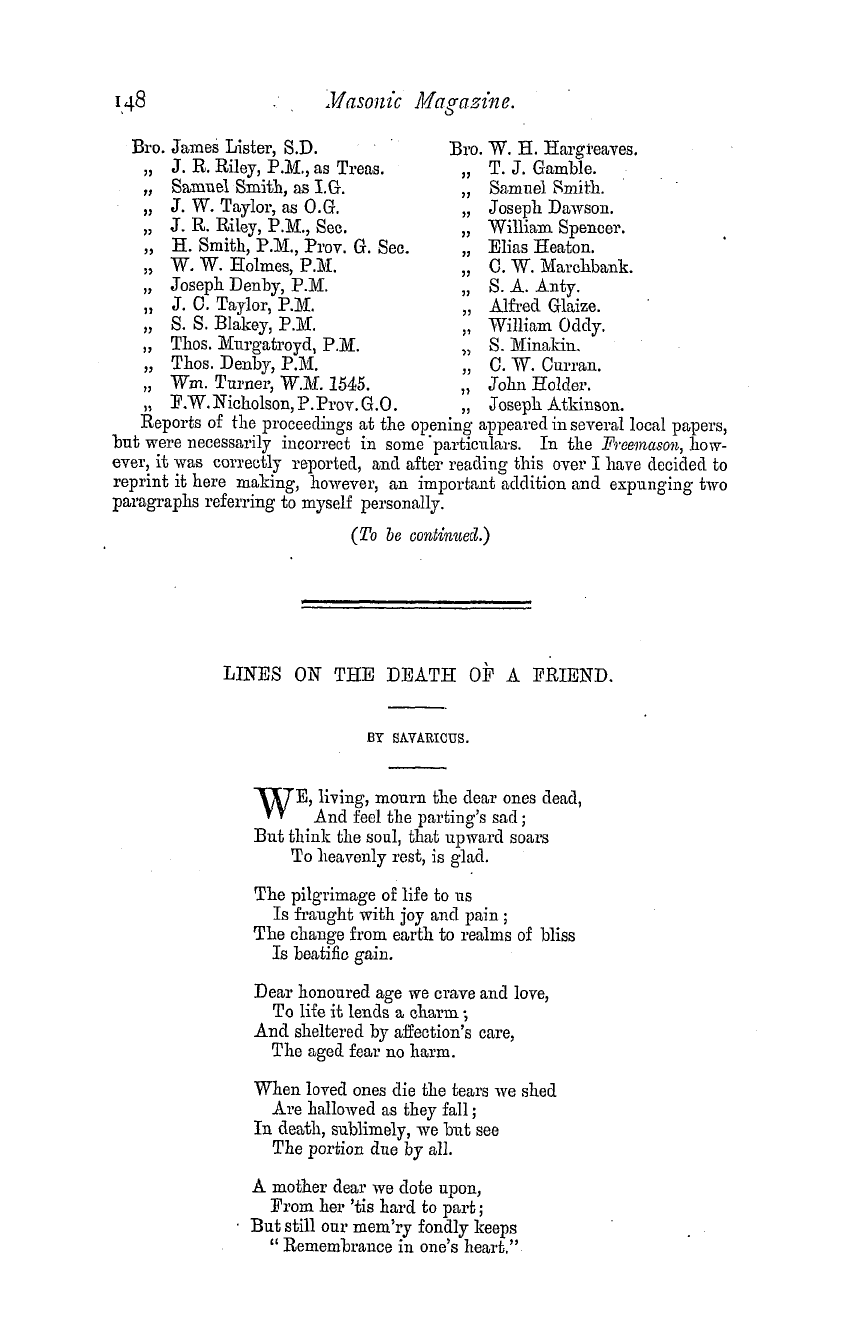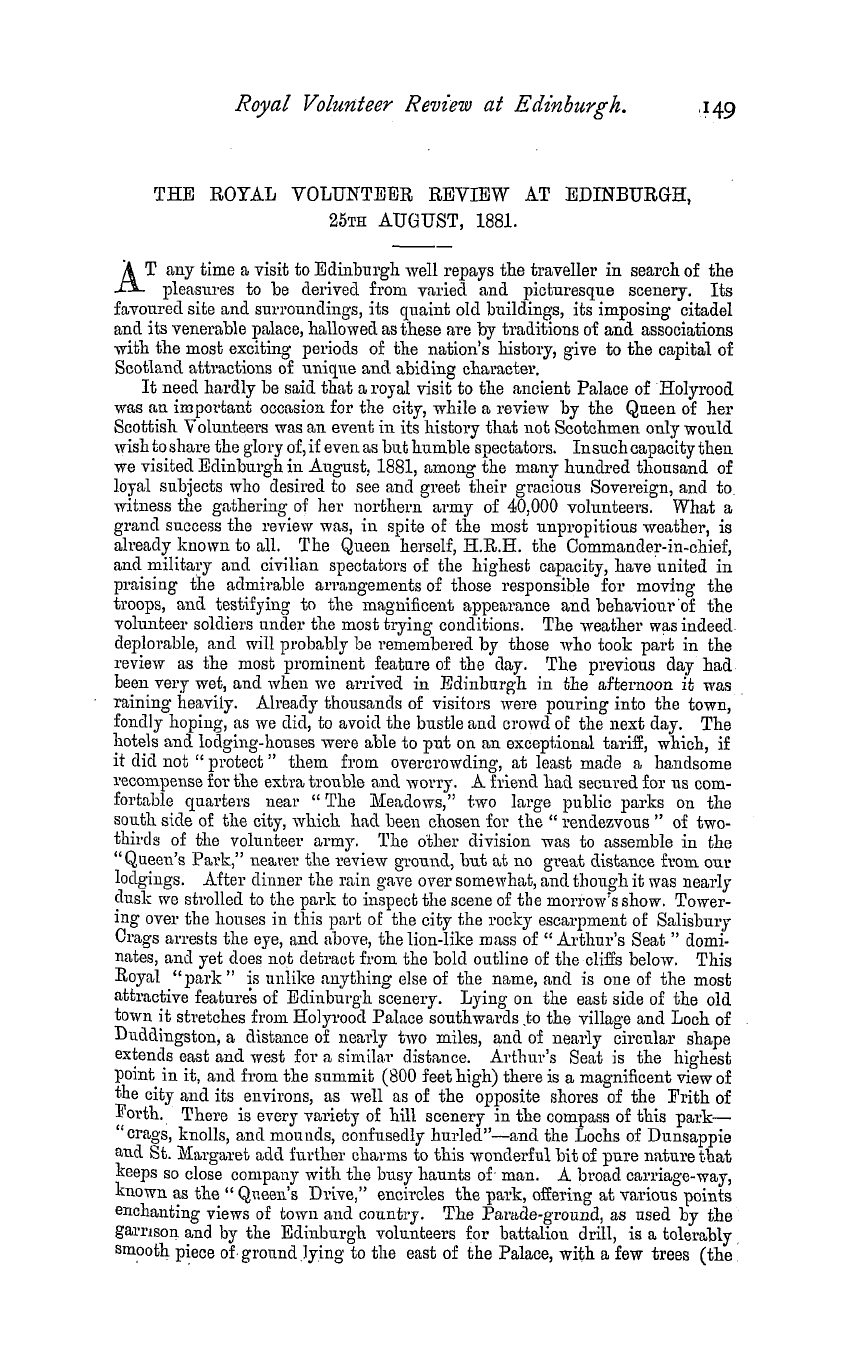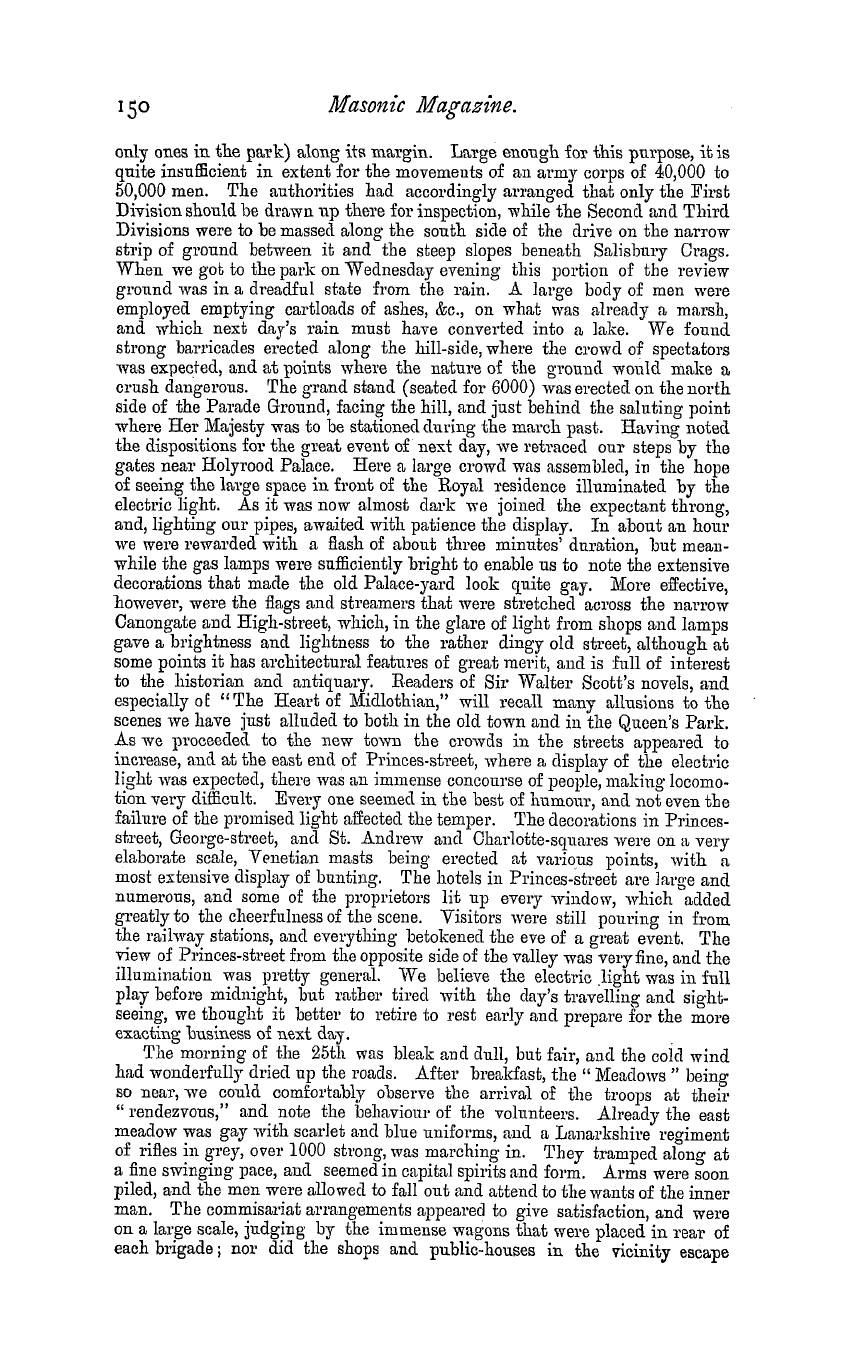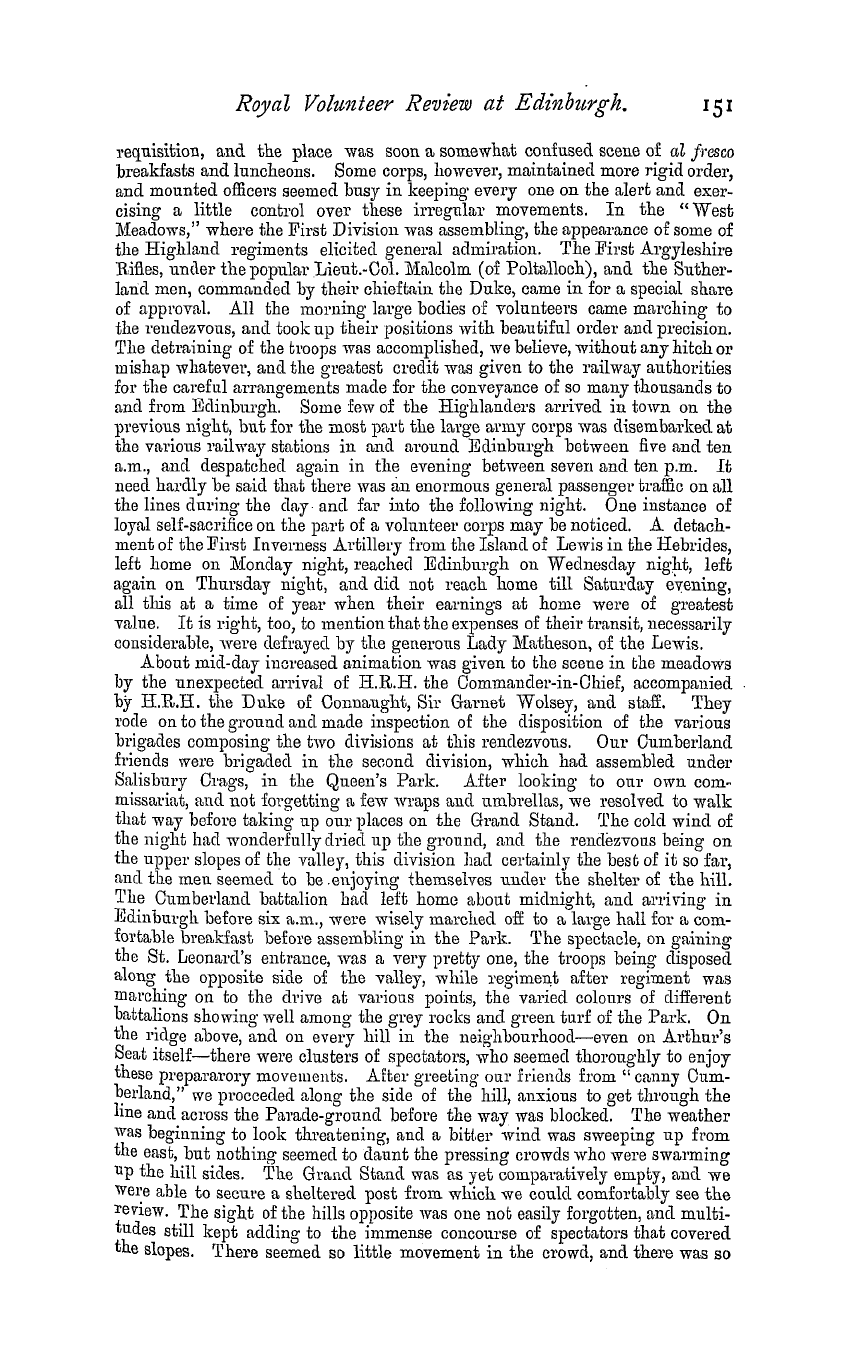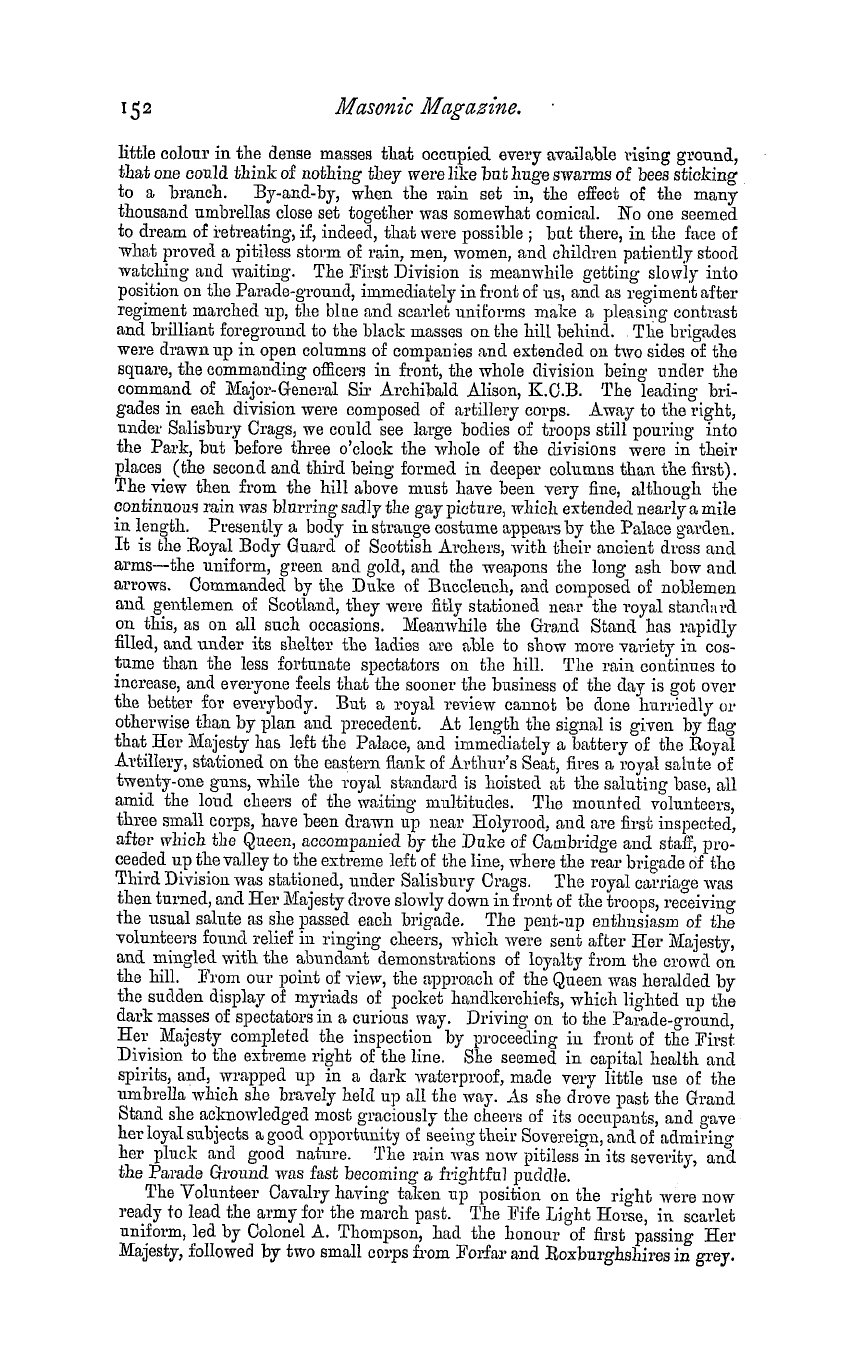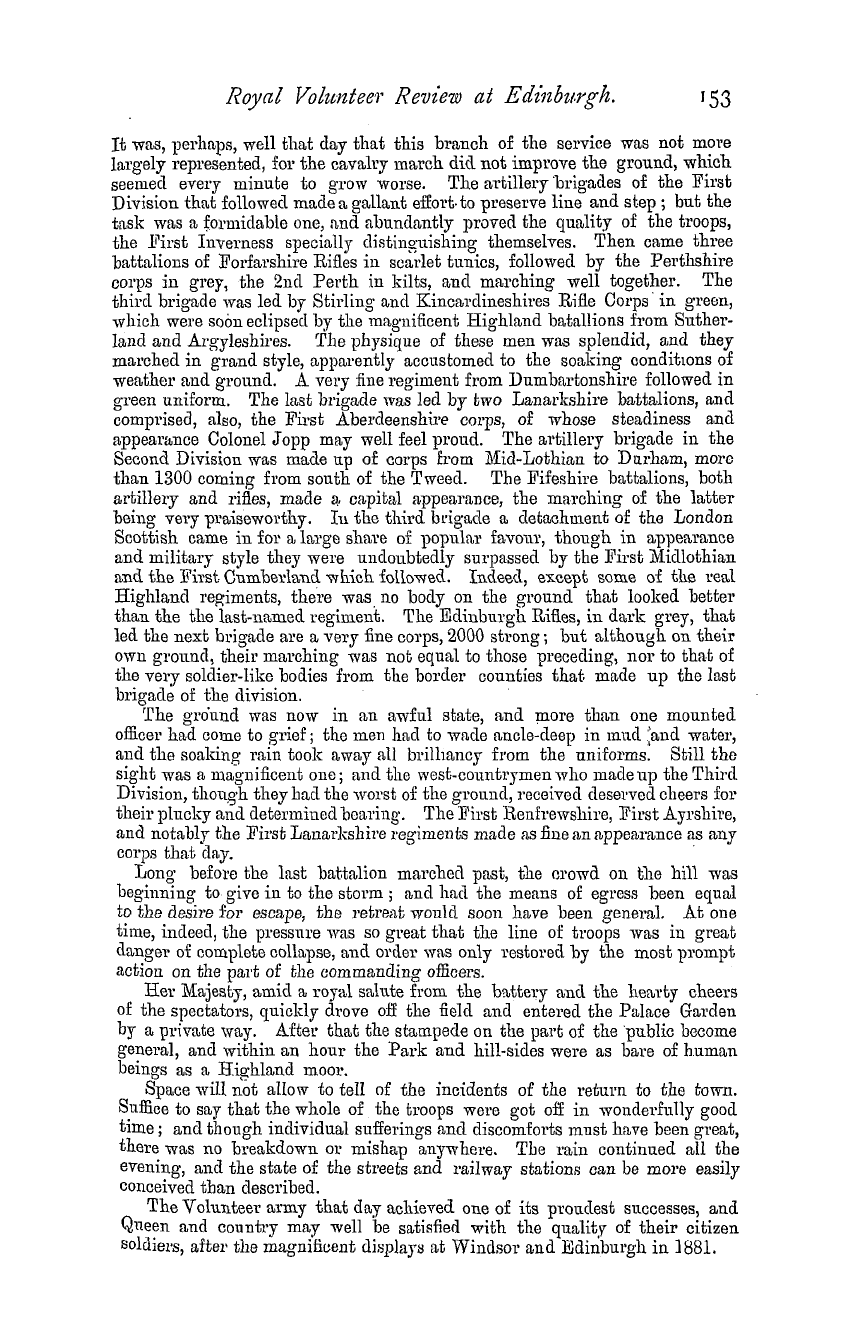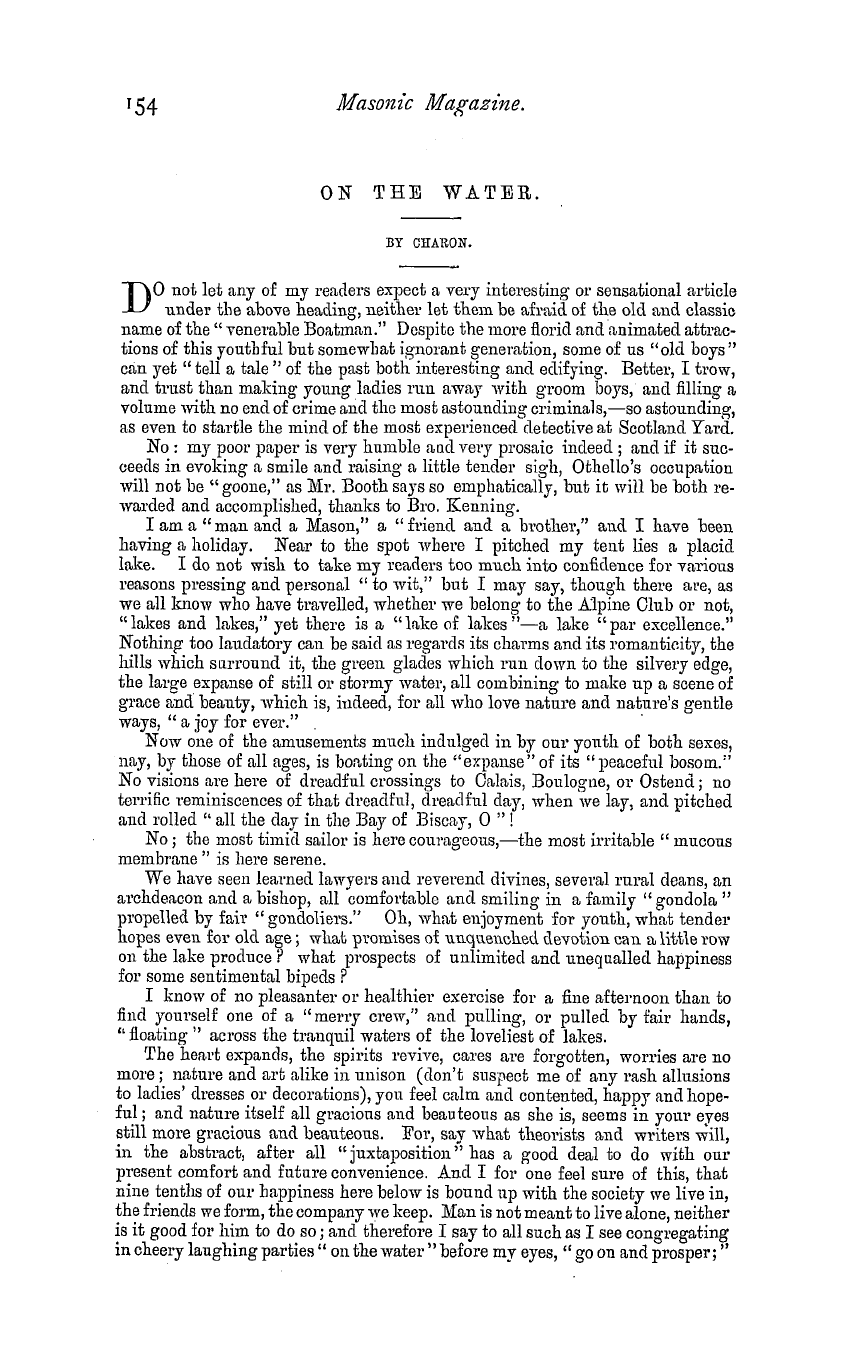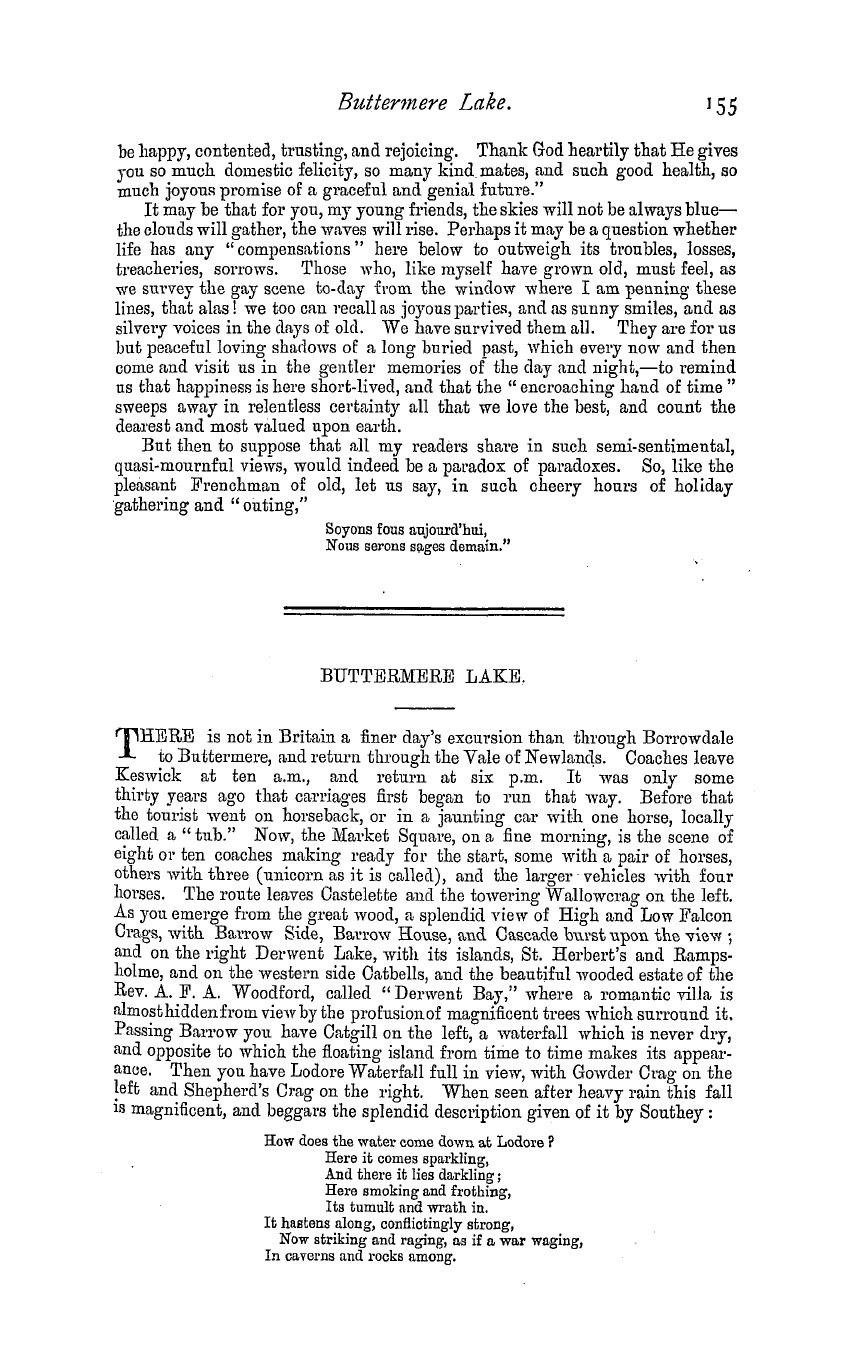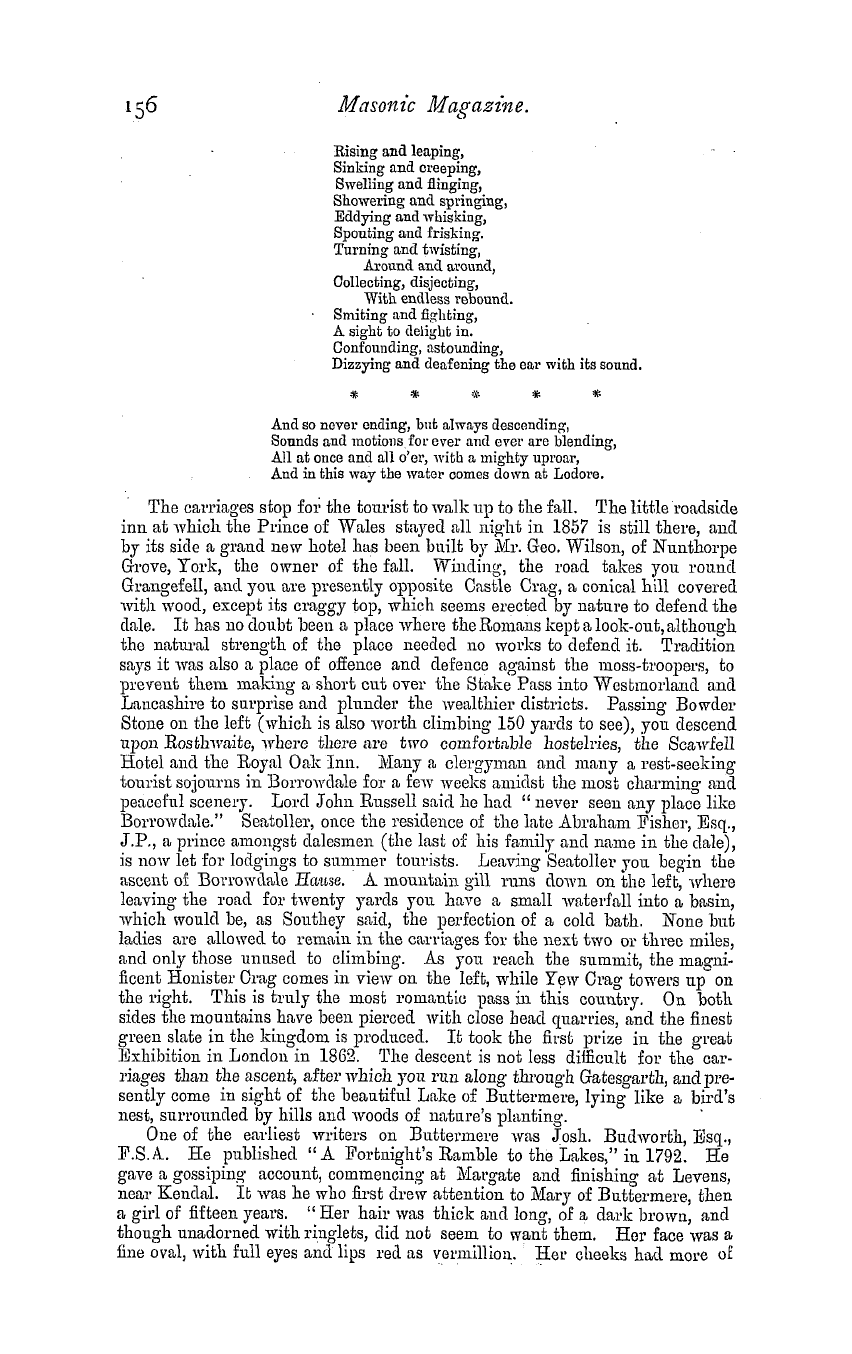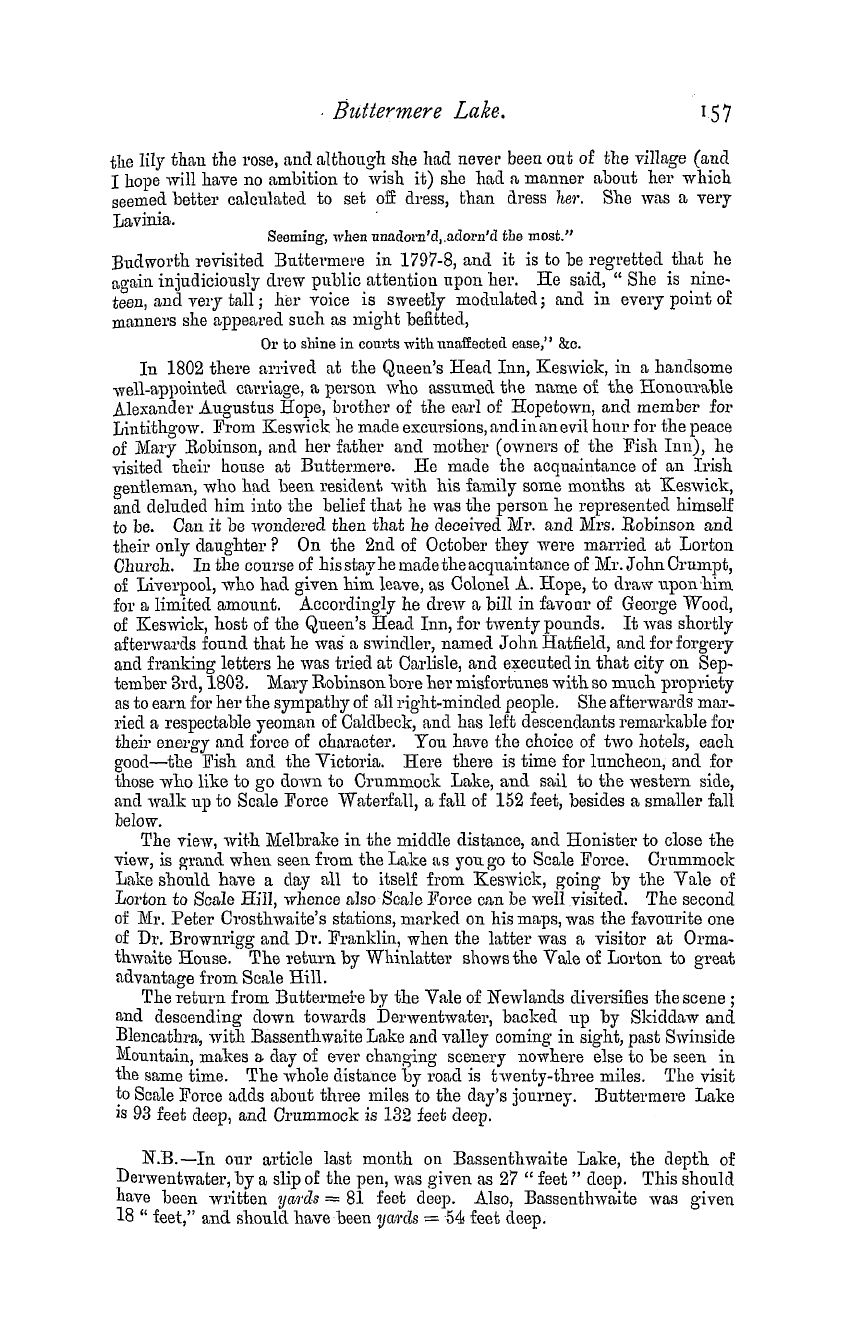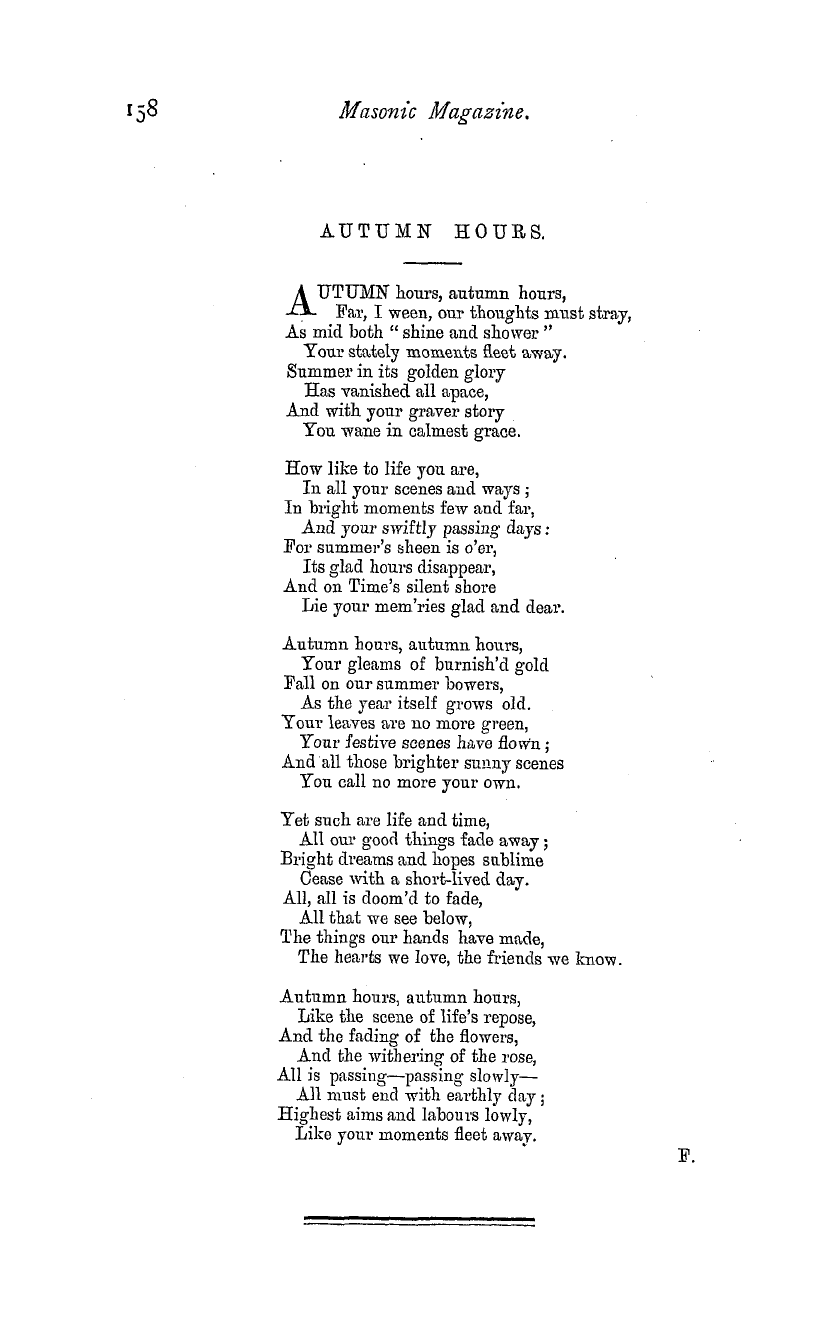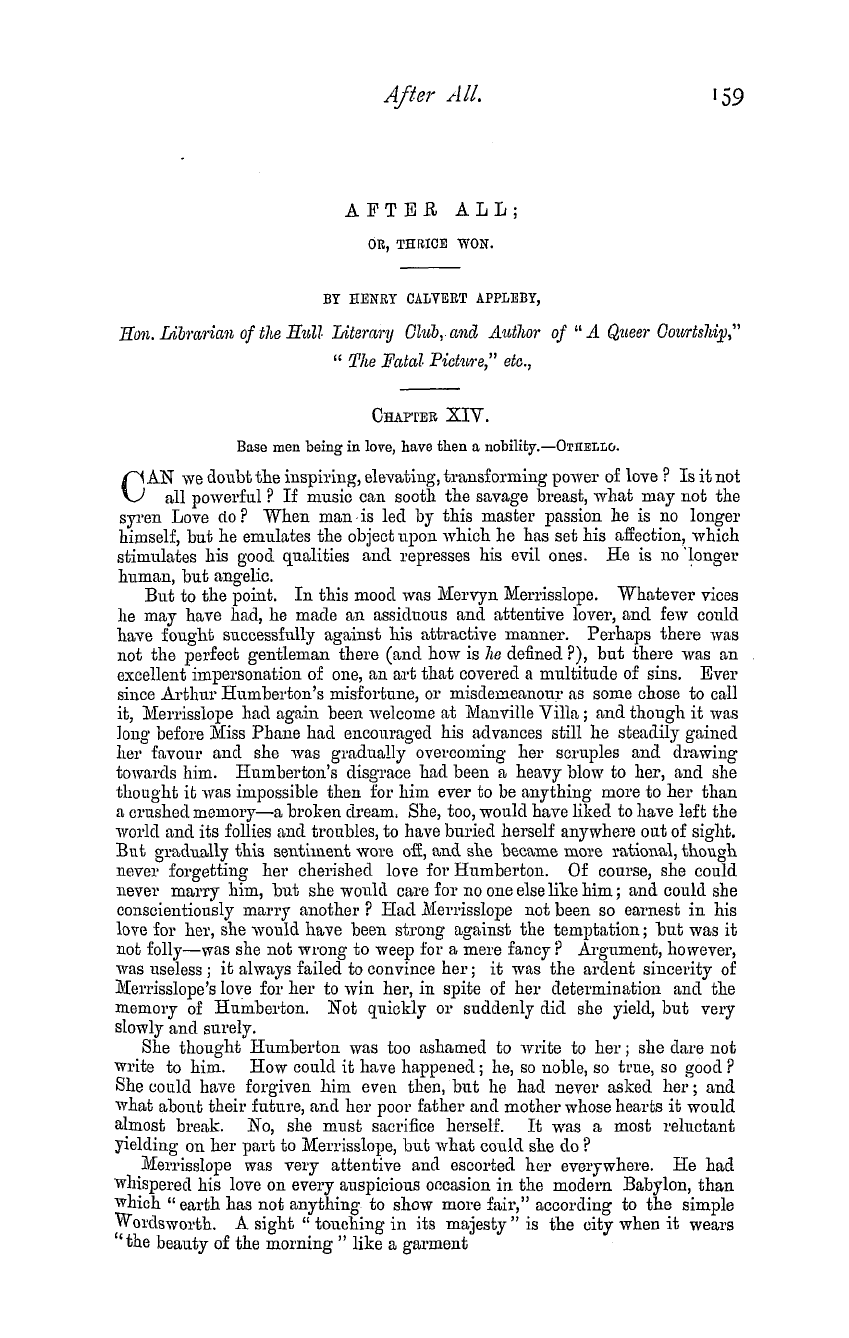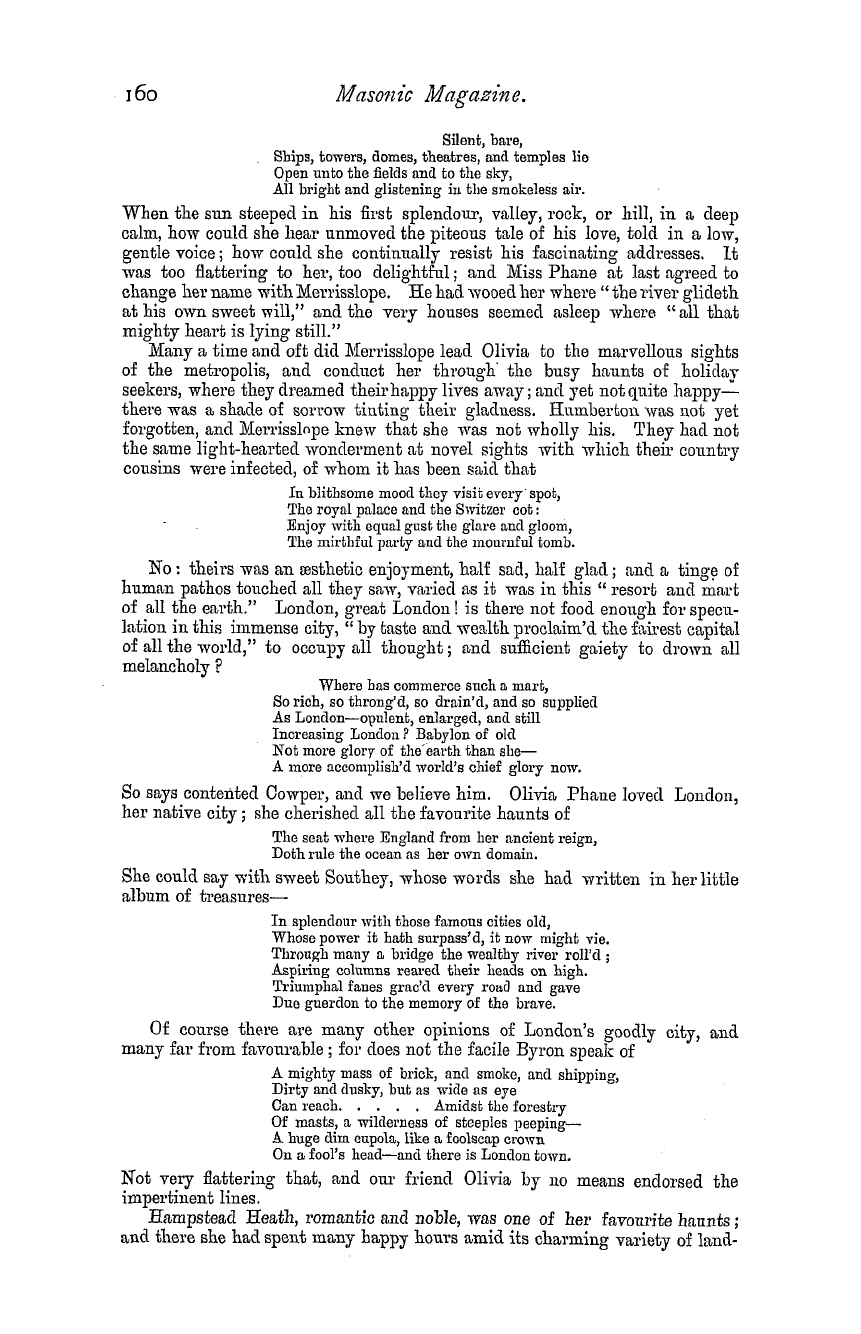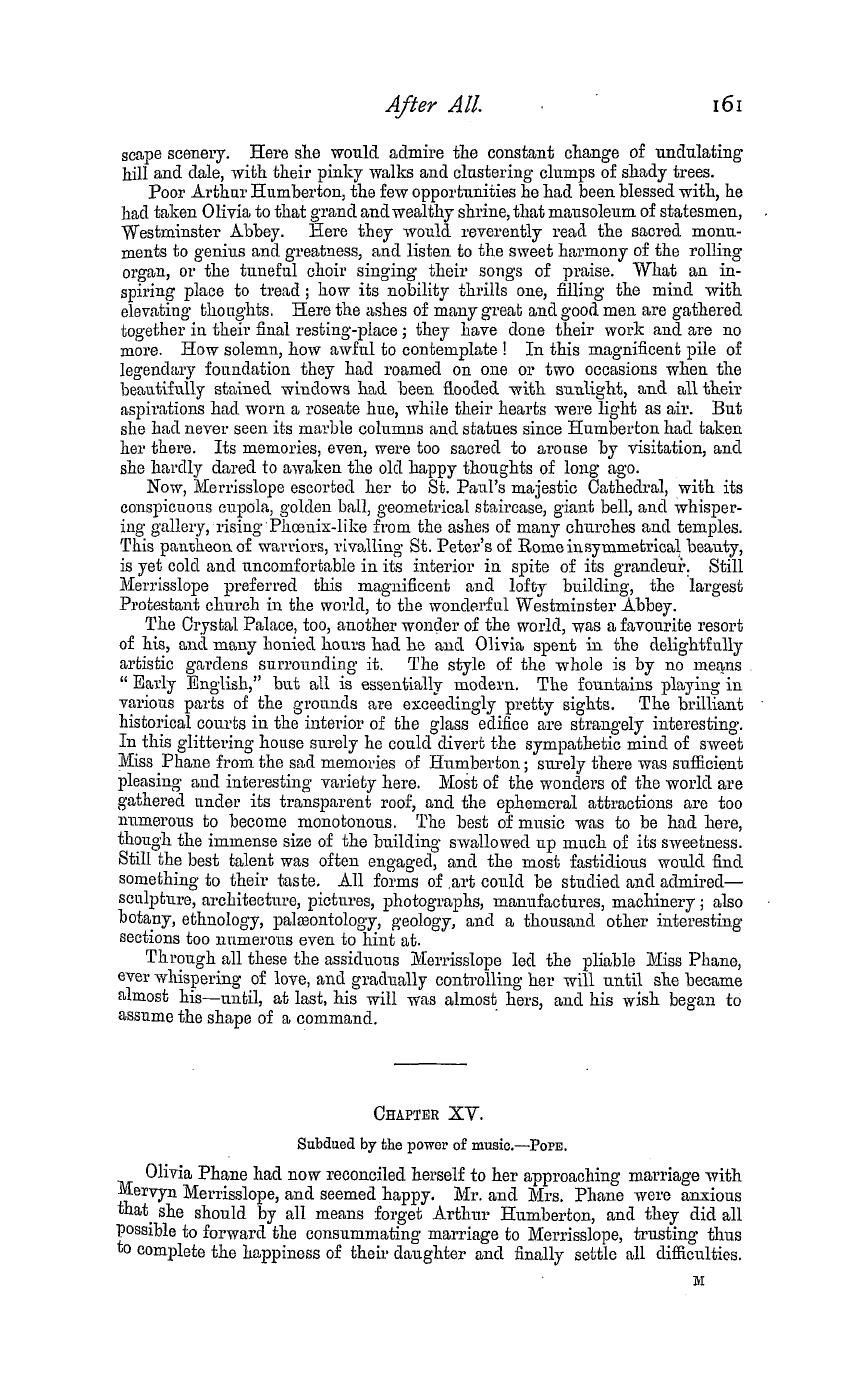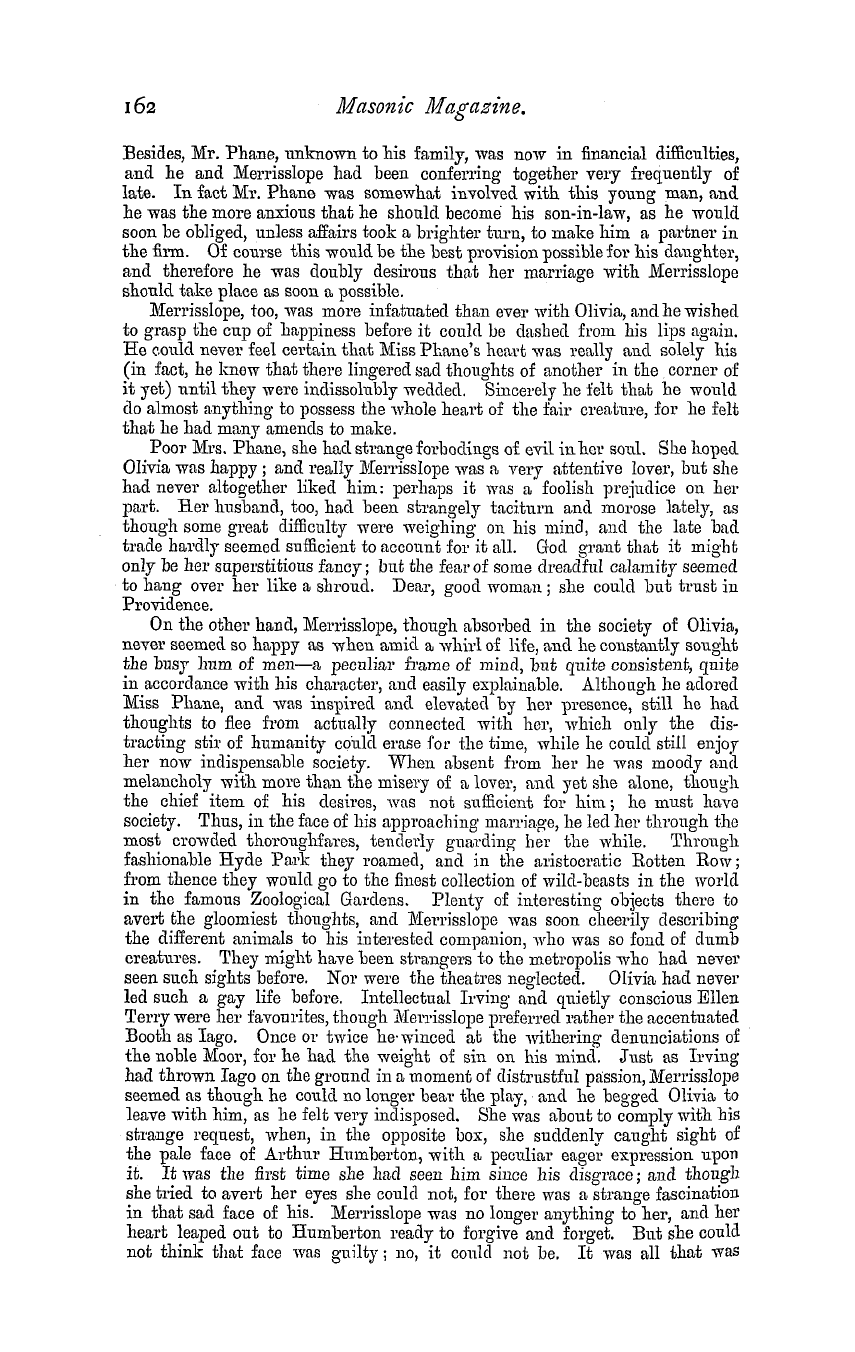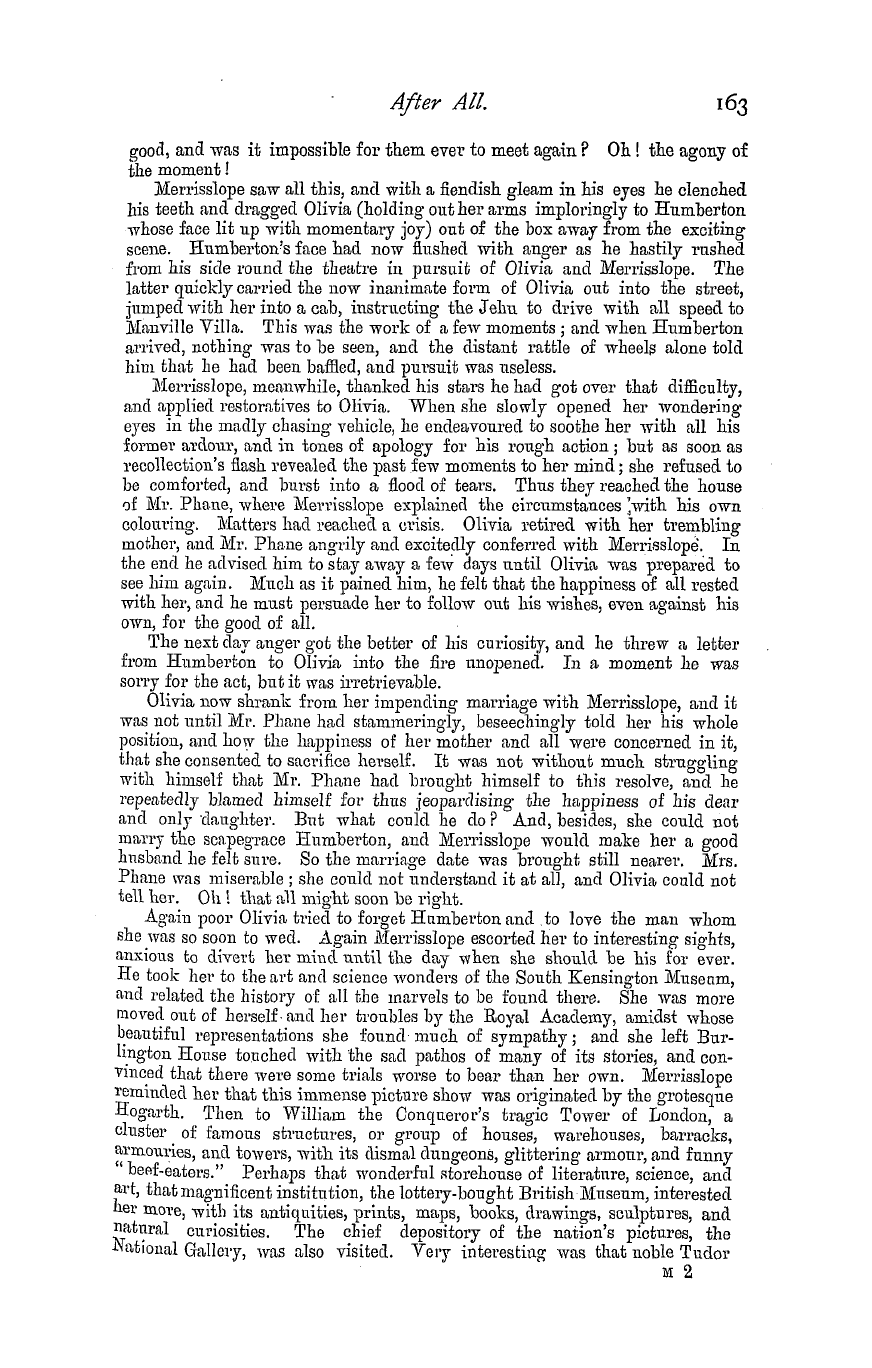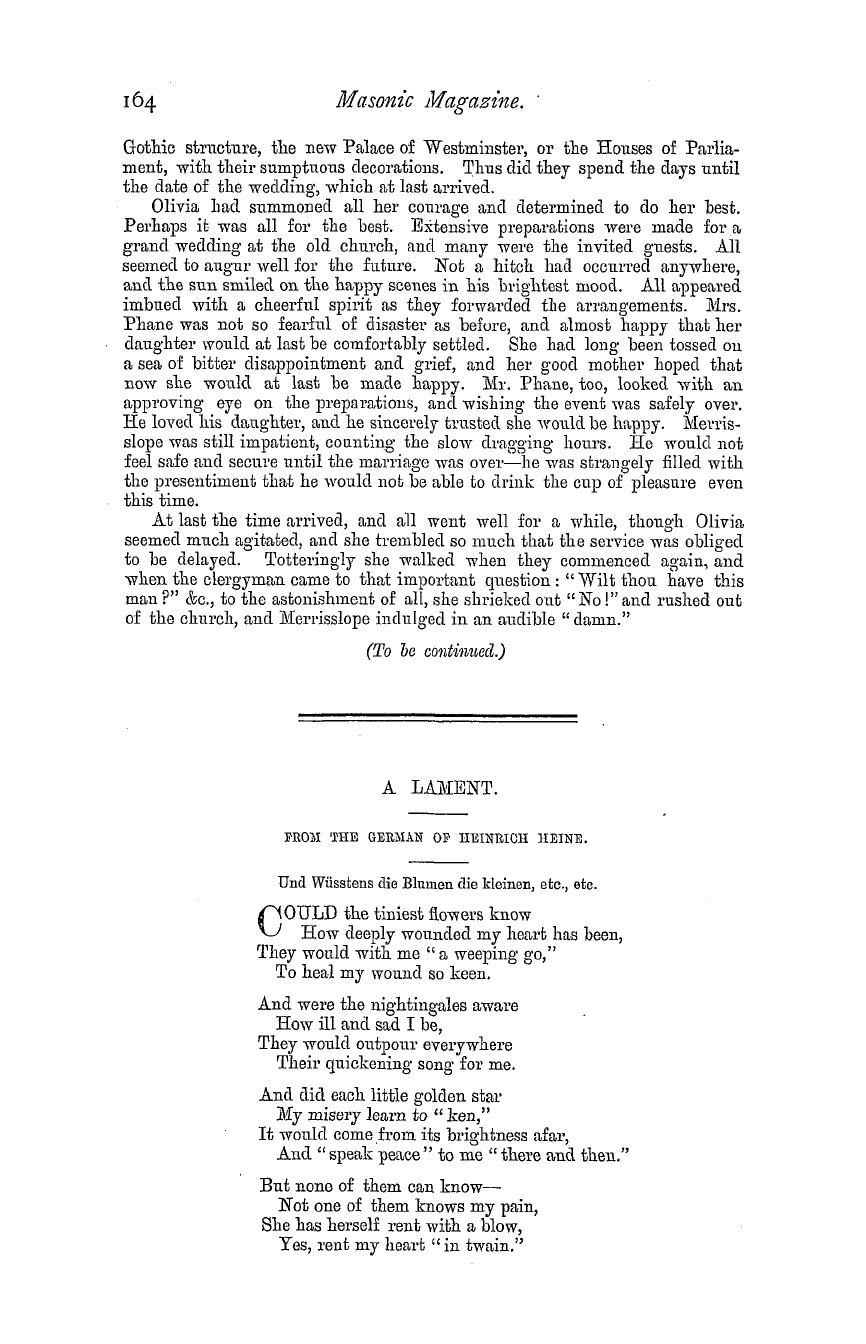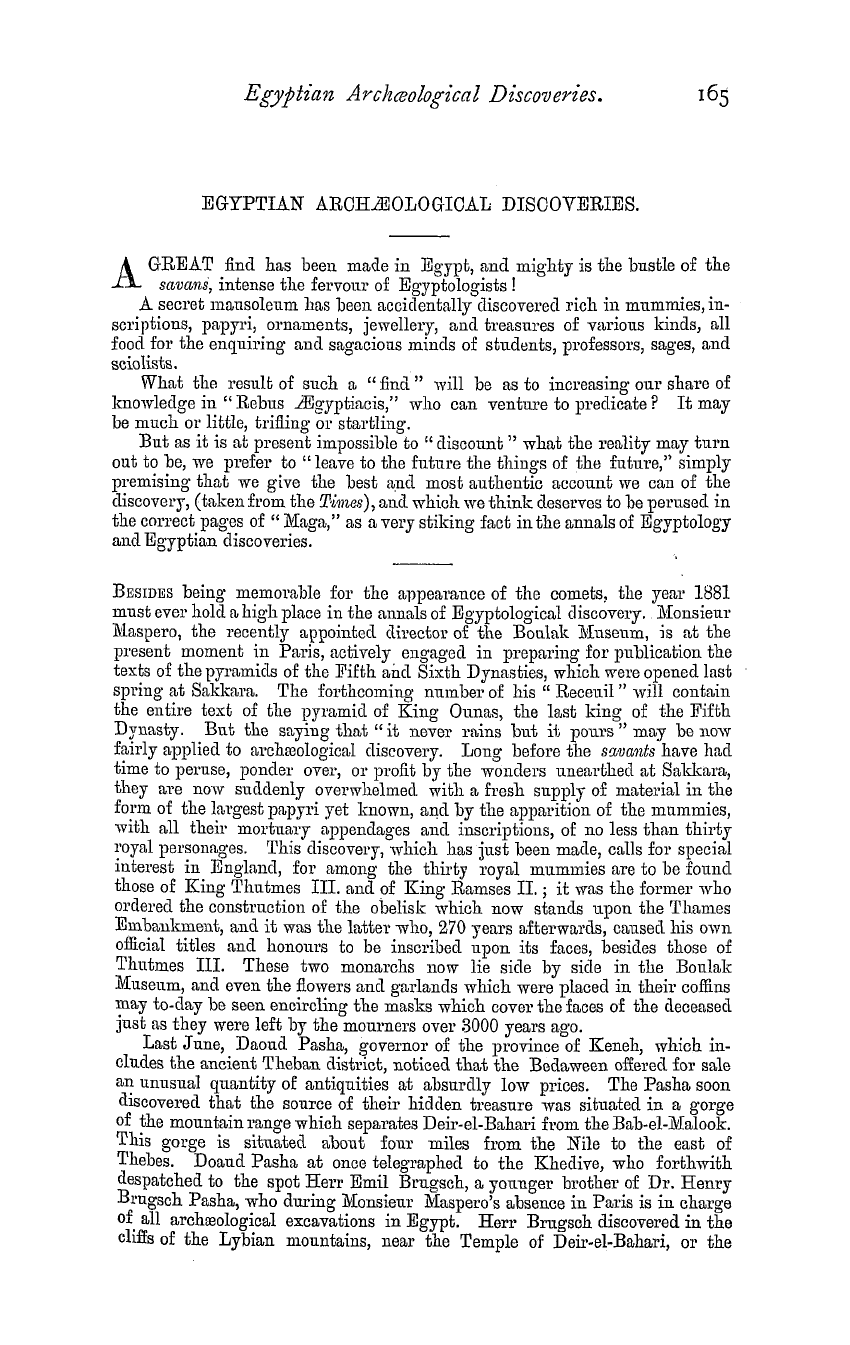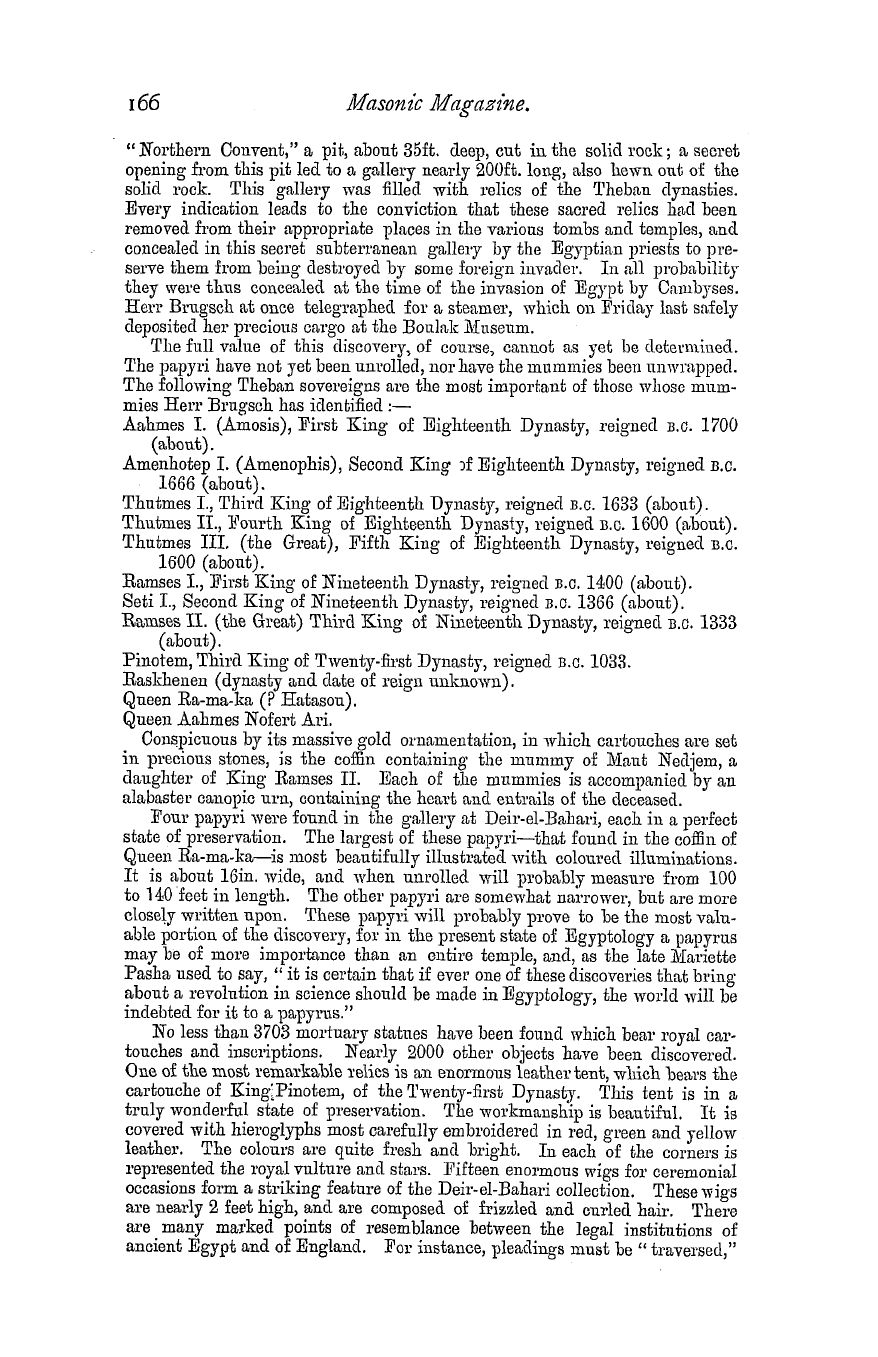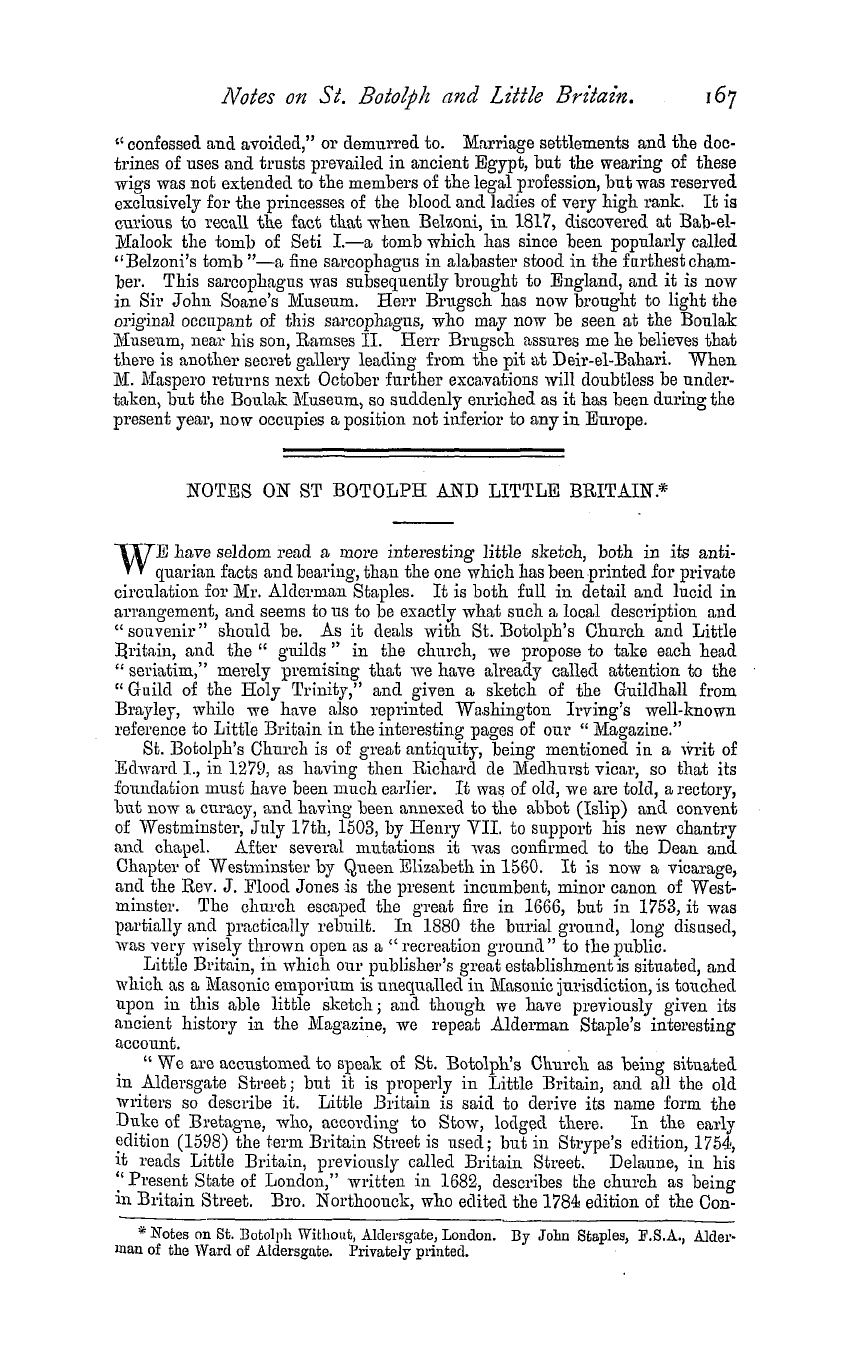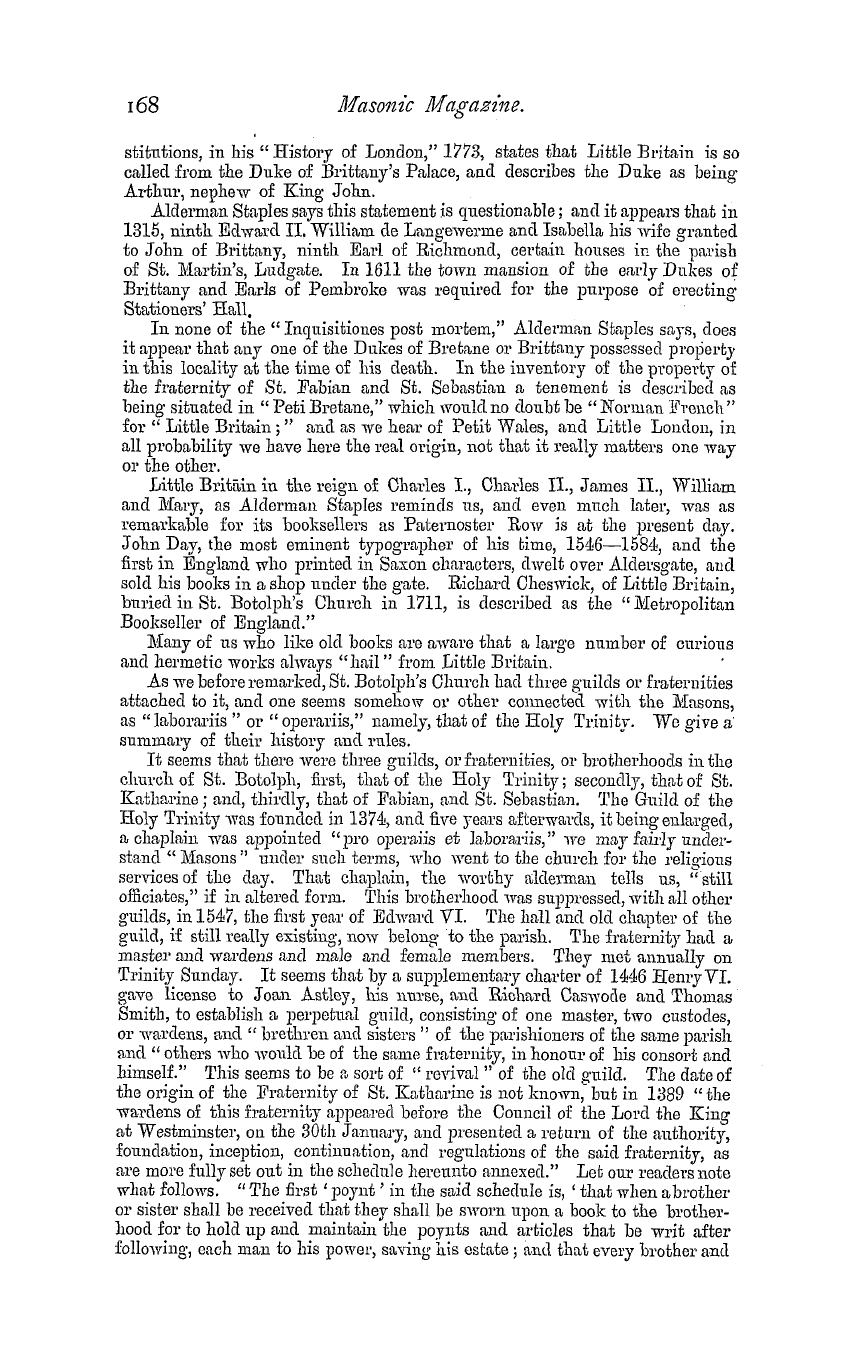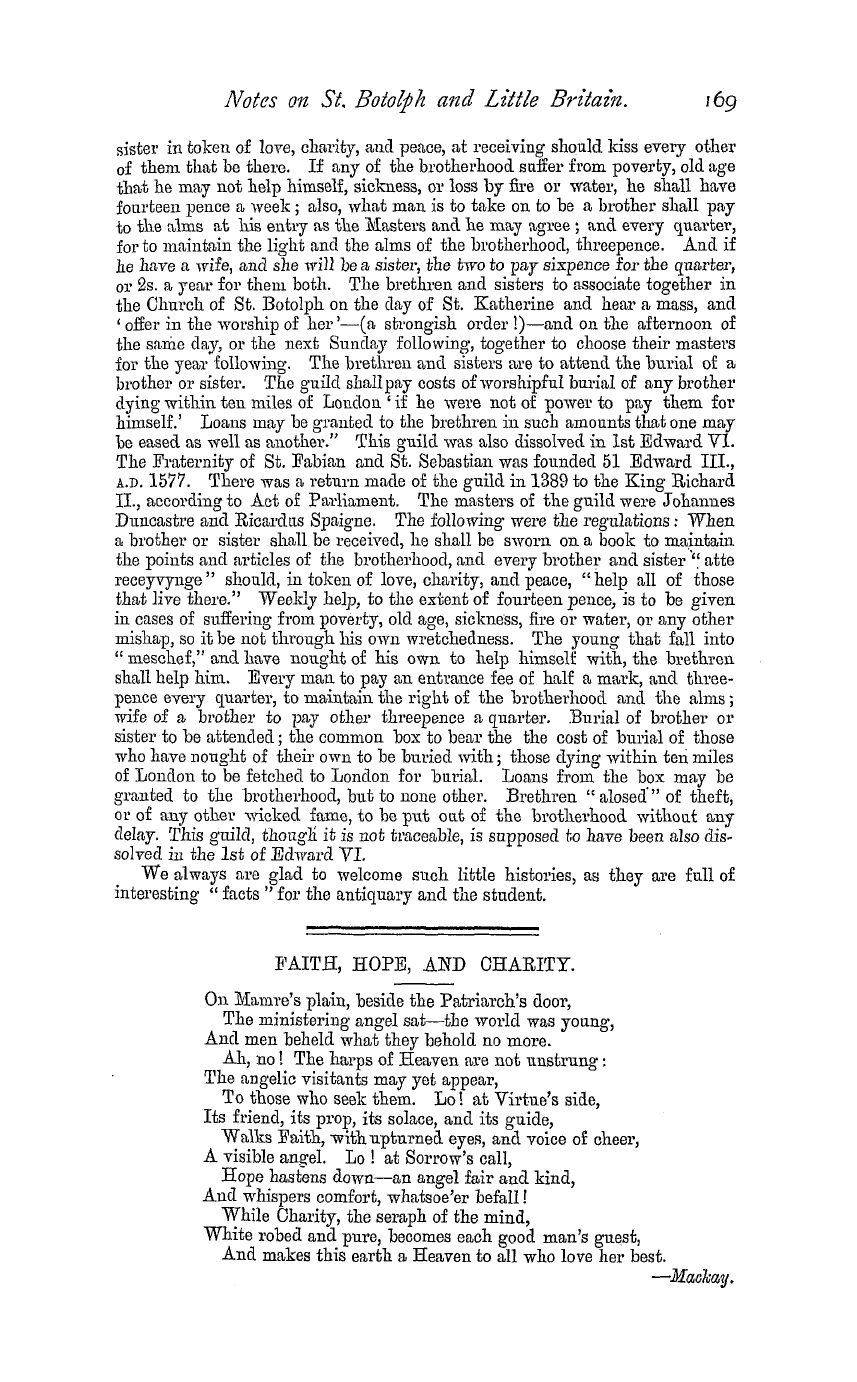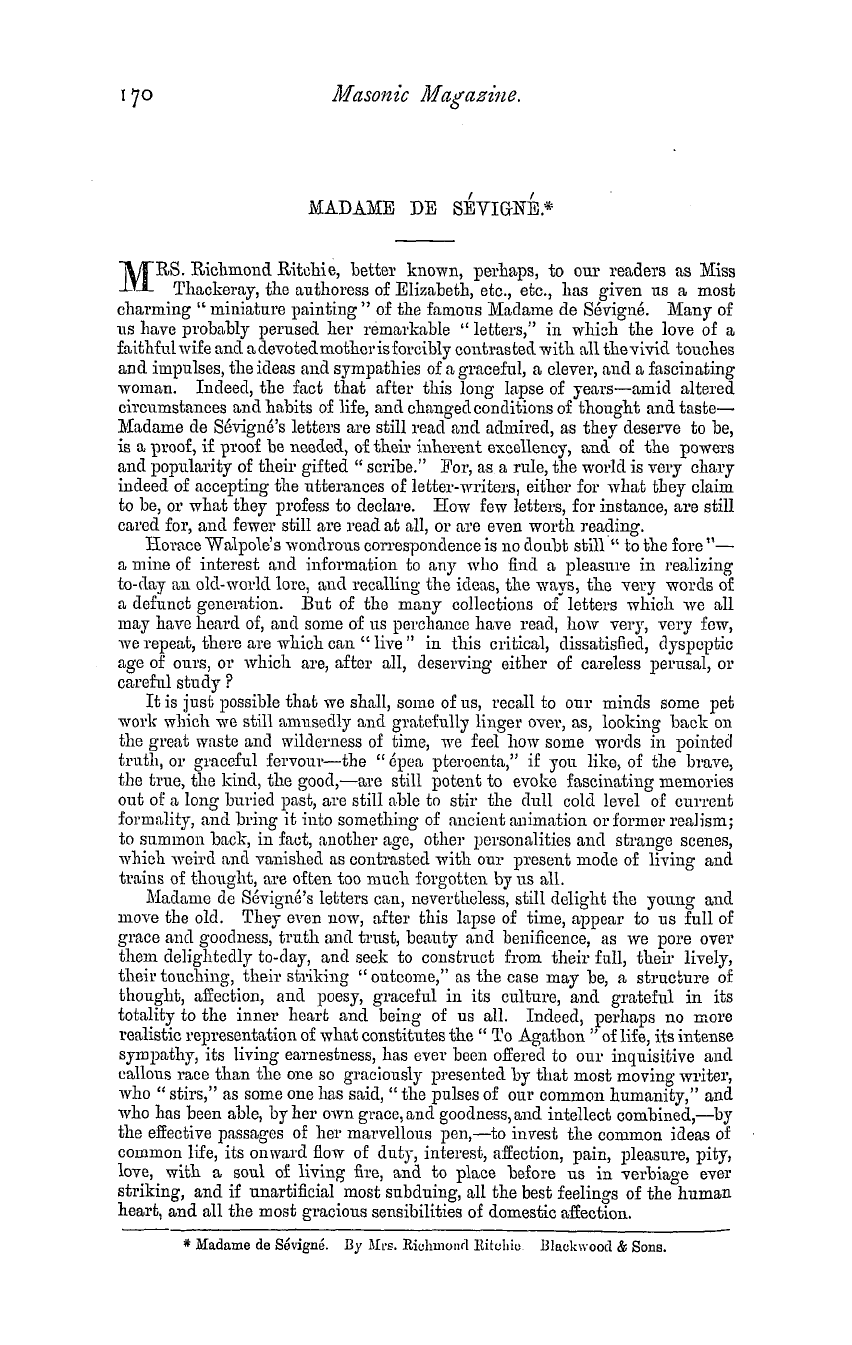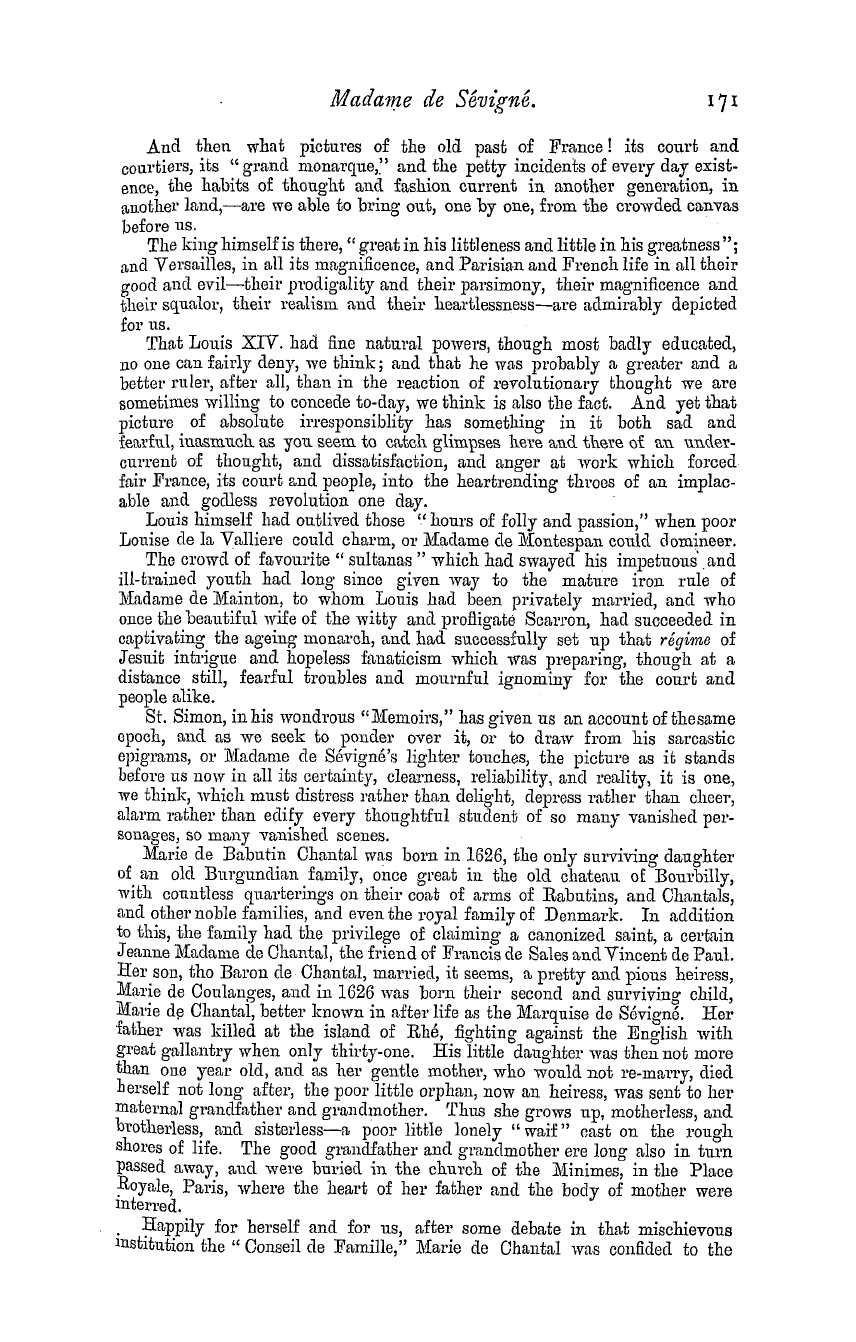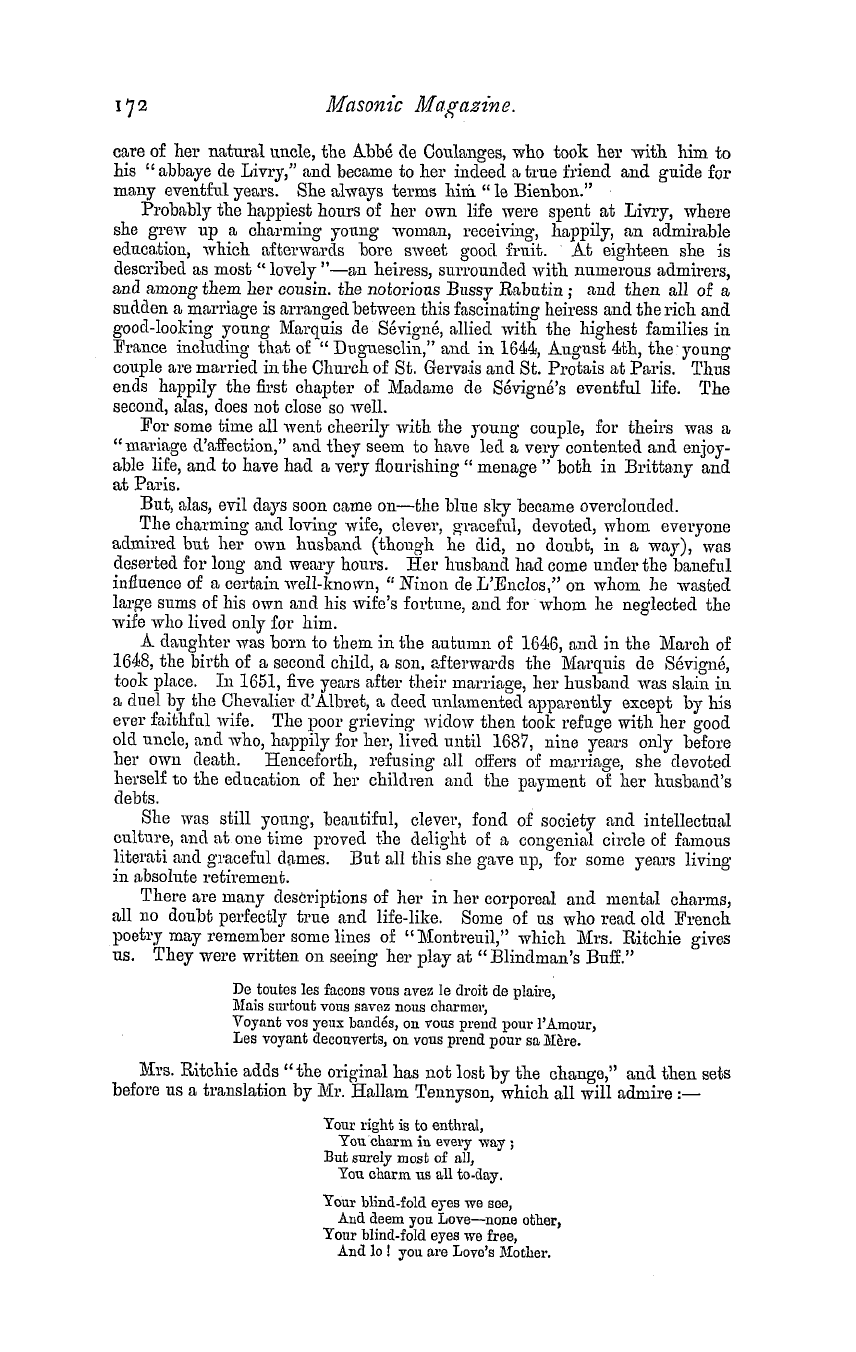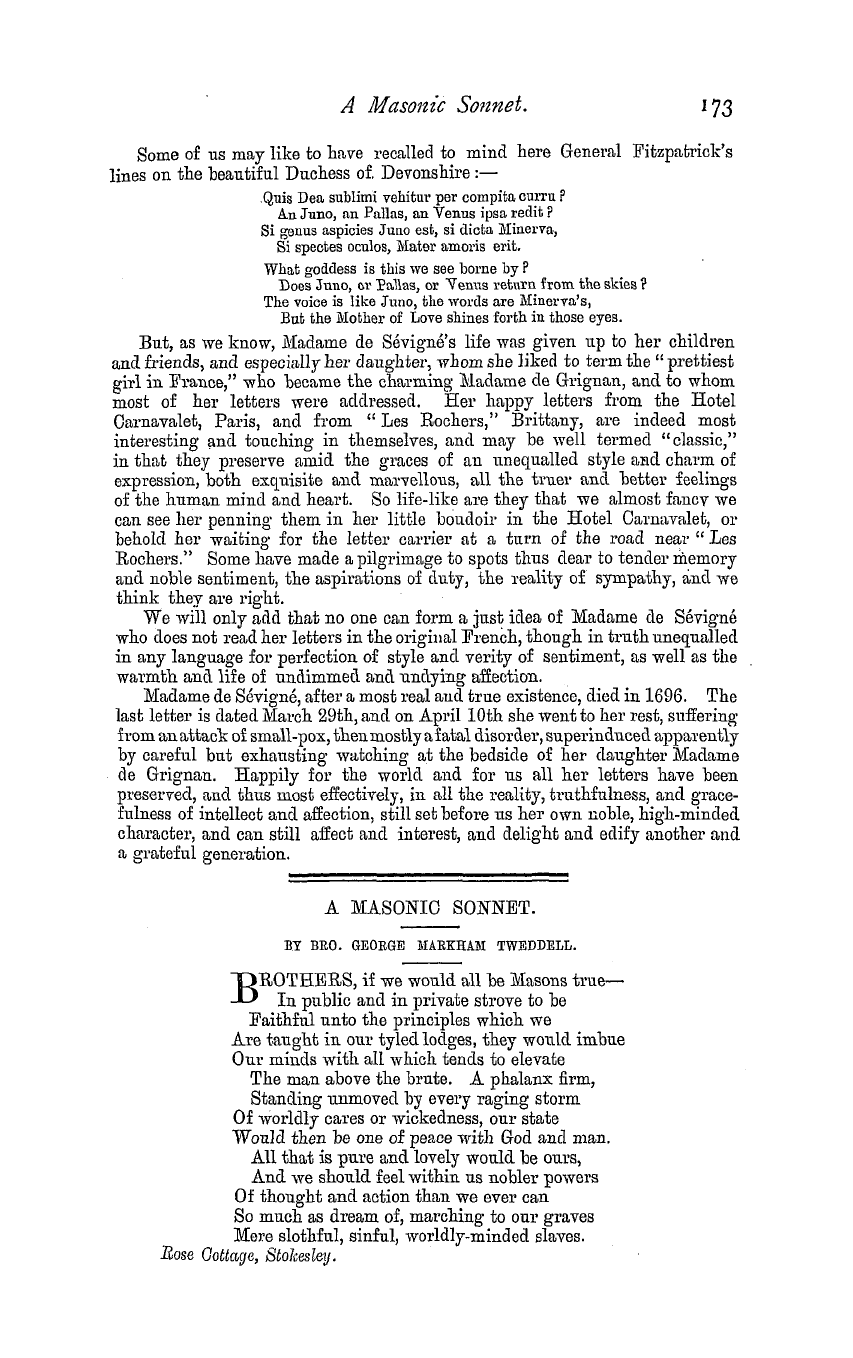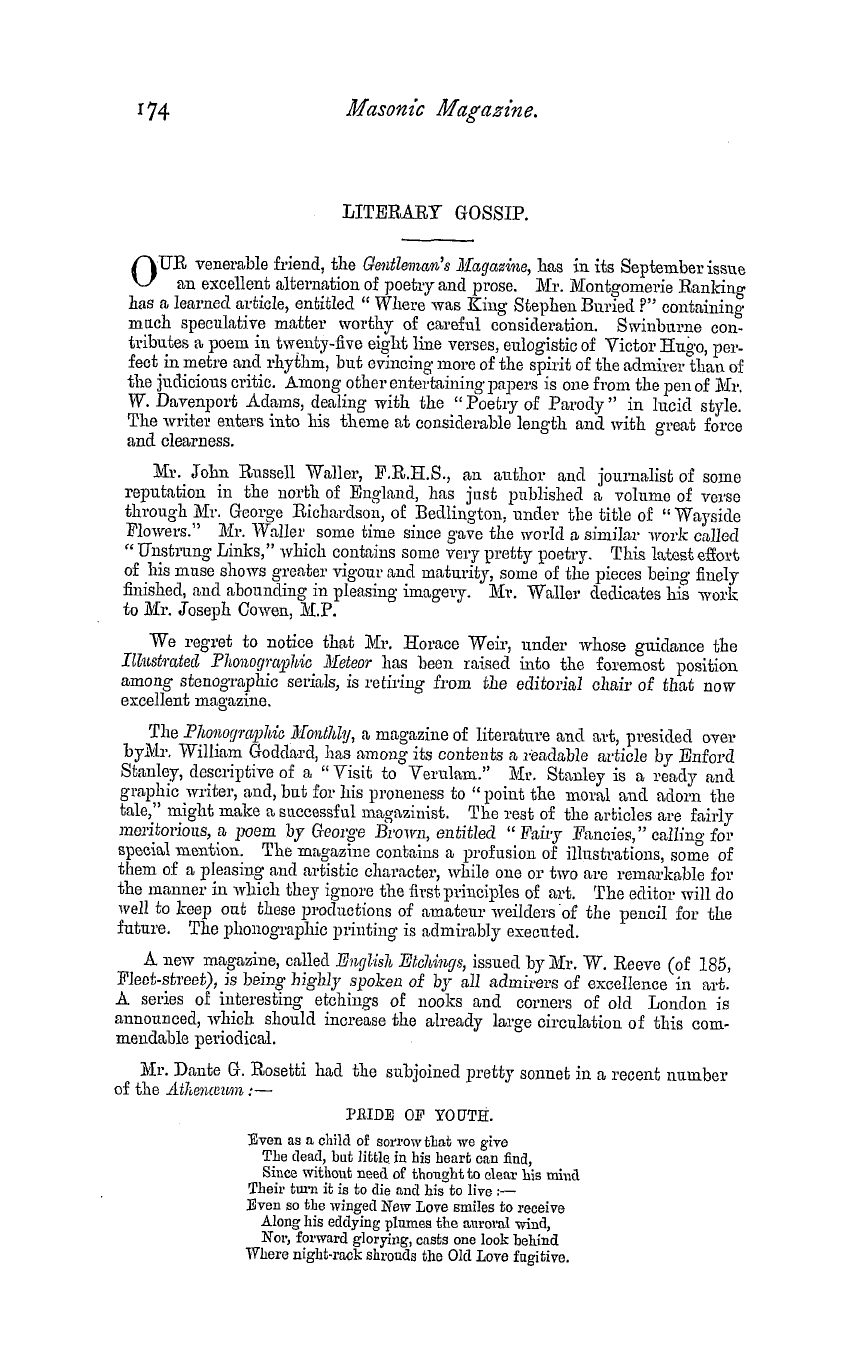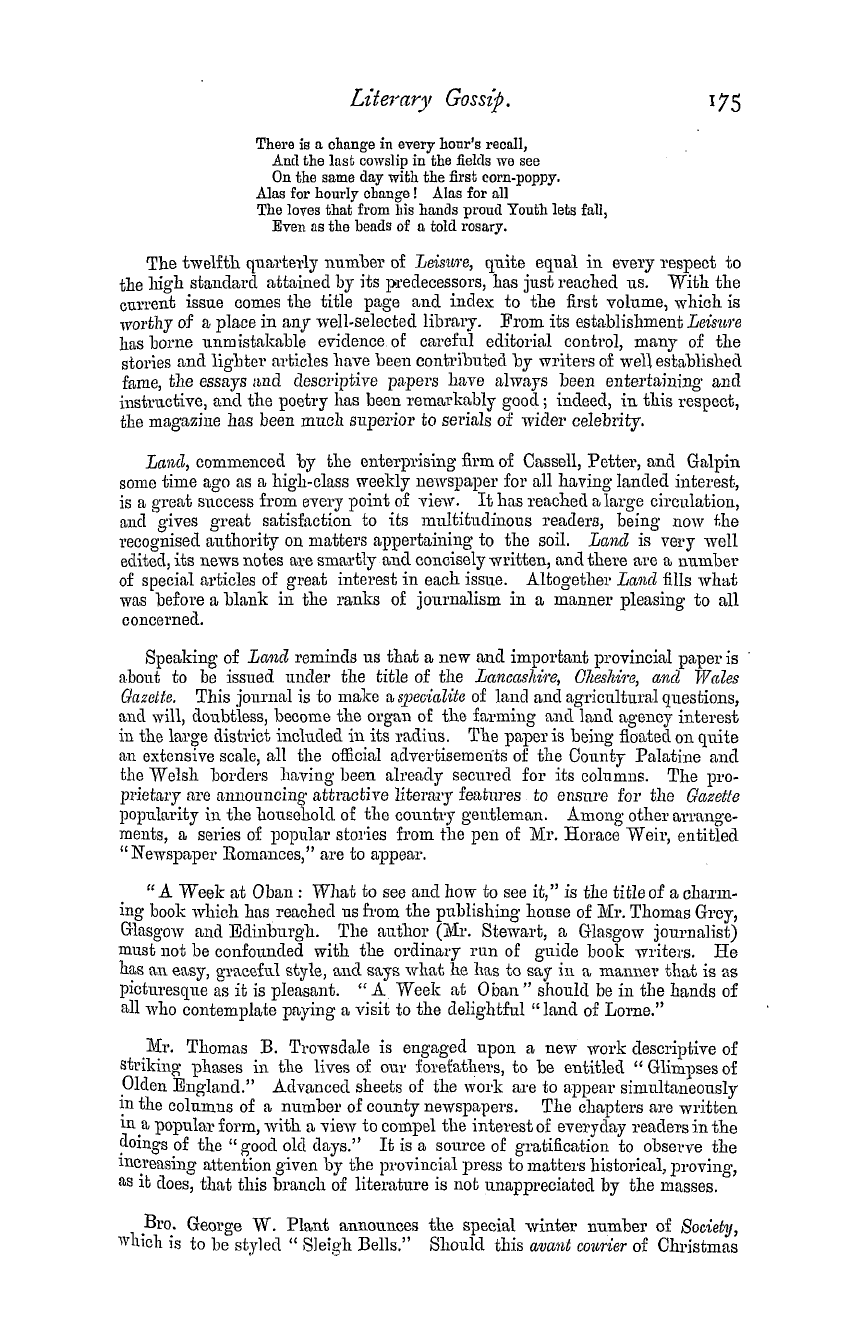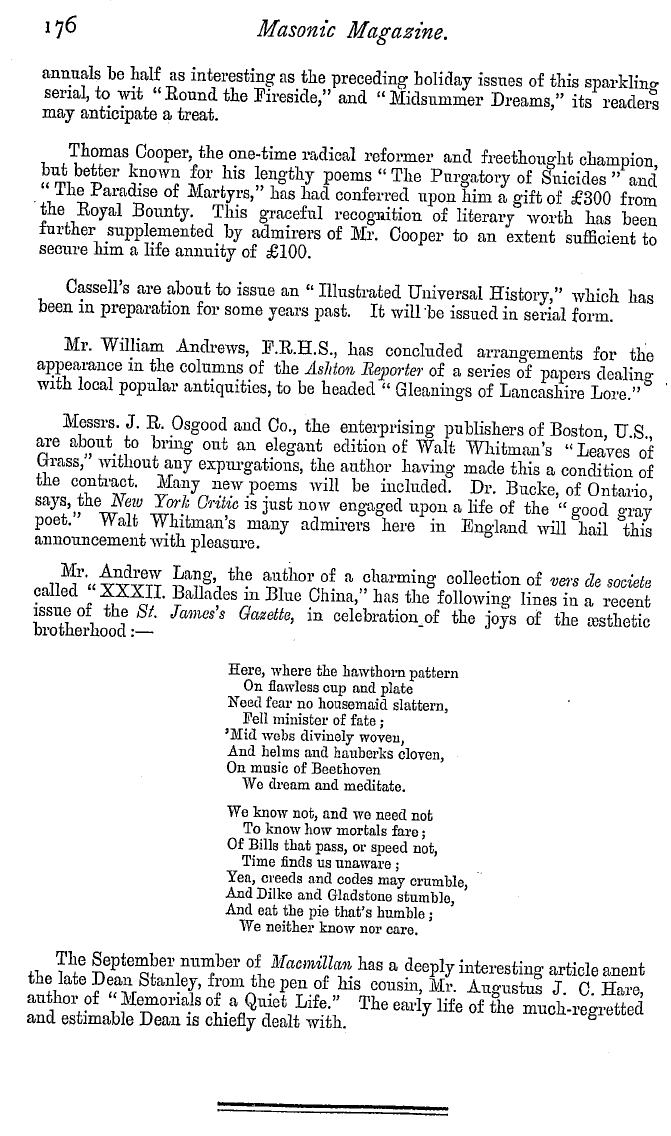Note: This text has been automatically extracted via Optical Character Recognition (OCR) software.
The Royal Volunteer Review At Edinburgh, 25th August, 1881.
only ones in the park ) along its margin . Large enough for this purpose , it is quite insufficient in extent for the movements of an army corps of 40 , 000 to 50 , 000 men . The authorities had accordingly arranged that only the First Division should be drawn up there for inspection , while the Second and Third Divisions were to be massed along the south side of the drive on the narrow strip of ground between it and the steep slopes beneath Salisbury Crags .
When we got to the park on Wednesday evening this portion of the review ground was in a dreadful state from the rain . A large body of men were employed emptying cartloads of ashes , & c , on what was already a marsh , and which next day ' s rain must have converted into a lake . We found strong barricades erected along the hill-side , where the crowd of spectators was expected , and at points where the nature of the ground would make a
crush dangerous . The grand stand ( seated for 6000 ) was erected on the north side of the Parade Ground , facing the hill , and just behind the saluting point where Her Majesty was to be stationed during the march past . Having noted the dispositions for the great event of next day , we retraced our steps by the gates near Holyrood Palace . Here a large crowd was assembled , in the hope of seeing the large space in front of the Royal residence illuminated bthe
y electric light . As it was now almost dark we joined the expectant throng , and , lighting our pipes , awaited with patience the display . In about an hour we were rewarded with a flash of about three minutes' duration , but meanwhile the gas lamps were sufficiently bright to enable us to note the extensive decorations that made the old Palace-yard look quite gay . More effective , howeverwere the flags and streamers that were stretched across the narrow
, Canongate and High-street , which , in the glare of light from shops and lamps gave a brightness and lightness to the rather dingy old street , although at some points it has architectural features of great merit , and is full of interest to the historian and antiquary . Readers of Sir Walter Scott ' s novels , and
especially of "The Heart of Midlothian , " will recall many allusions to the scenes we have just alluded to both in the old town and in the Queen ' s Park . As we proceeded to the new town the crowds in the streets appeared to increase , and at the east end of Princes-street , where a display of the electric light was expected , there was an immense concourse of people , making locomotion very difficult . Every one seemed in the best of humour , and not even the
failure of the promised light affected the temper . The decorations in Princesstreet , George-street , and St . Andrew and Charlotte-squares were on a very elaborate scale , Venetian masts being erected at various points , with a most extensive display of bunting . The hotels in Princes-street are large and numerous , and some of the proprietors lit up every window , which added greatly to the cheerfulness of the scene . Visitors were still pouring in from
the railway stations , ancl everything betokened the eve of a great event . The view of Princes-street from the opposite side of the valley was very fine , and the illumination was pretty general . We believe the electric light was in full play before midnight , but rather tired with the clay ' s travelling and si ghtseeing , we thought it better to retire to rest early and prepare for the more exacting business of next day .
The morning of the 25 th was bleak and dull , but fair , and the cold wind had wonderfully dried up the roads . After breakfast , the " Meadows " being so near , we could comfortably observe the arrival of the troops at their " rendezvous , " and note the behaviour of the volunteers . Alread y the east meadow was gay with scarlet ancl blue uniforms , and a Lanarkshire regiment of rifles in grey , over 1000 strongwas marching in . They tramped along at
, a fine swinging pace , and seemed in capital spirits and form . Arms were soon piled , and the men were allowed to fall out and attend to the wants of the inner man . The commisariat arrangements appeared to give satisfaction , and were on a large scale , judging by the immense wagons that were placed in rear of each brigade ; nor did the shops and public-houses in the vicinity escape
Note: This text has been automatically extracted via Optical Character Recognition (OCR) software.
The Royal Volunteer Review At Edinburgh, 25th August, 1881.
only ones in the park ) along its margin . Large enough for this purpose , it is quite insufficient in extent for the movements of an army corps of 40 , 000 to 50 , 000 men . The authorities had accordingly arranged that only the First Division should be drawn up there for inspection , while the Second and Third Divisions were to be massed along the south side of the drive on the narrow strip of ground between it and the steep slopes beneath Salisbury Crags .
When we got to the park on Wednesday evening this portion of the review ground was in a dreadful state from the rain . A large body of men were employed emptying cartloads of ashes , & c , on what was already a marsh , and which next day ' s rain must have converted into a lake . We found strong barricades erected along the hill-side , where the crowd of spectators was expected , and at points where the nature of the ground would make a
crush dangerous . The grand stand ( seated for 6000 ) was erected on the north side of the Parade Ground , facing the hill , and just behind the saluting point where Her Majesty was to be stationed during the march past . Having noted the dispositions for the great event of next day , we retraced our steps by the gates near Holyrood Palace . Here a large crowd was assembled , in the hope of seeing the large space in front of the Royal residence illuminated bthe
y electric light . As it was now almost dark we joined the expectant throng , and , lighting our pipes , awaited with patience the display . In about an hour we were rewarded with a flash of about three minutes' duration , but meanwhile the gas lamps were sufficiently bright to enable us to note the extensive decorations that made the old Palace-yard look quite gay . More effective , howeverwere the flags and streamers that were stretched across the narrow
, Canongate and High-street , which , in the glare of light from shops and lamps gave a brightness and lightness to the rather dingy old street , although at some points it has architectural features of great merit , and is full of interest to the historian and antiquary . Readers of Sir Walter Scott ' s novels , and
especially of "The Heart of Midlothian , " will recall many allusions to the scenes we have just alluded to both in the old town and in the Queen ' s Park . As we proceeded to the new town the crowds in the streets appeared to increase , and at the east end of Princes-street , where a display of the electric light was expected , there was an immense concourse of people , making locomotion very difficult . Every one seemed in the best of humour , and not even the
failure of the promised light affected the temper . The decorations in Princesstreet , George-street , and St . Andrew and Charlotte-squares were on a very elaborate scale , Venetian masts being erected at various points , with a most extensive display of bunting . The hotels in Princes-street are large and numerous , and some of the proprietors lit up every window , which added greatly to the cheerfulness of the scene . Visitors were still pouring in from
the railway stations , ancl everything betokened the eve of a great event . The view of Princes-street from the opposite side of the valley was very fine , and the illumination was pretty general . We believe the electric light was in full play before midnight , but rather tired with the clay ' s travelling and si ghtseeing , we thought it better to retire to rest early and prepare for the more exacting business of next day .
The morning of the 25 th was bleak and dull , but fair , and the cold wind had wonderfully dried up the roads . After breakfast , the " Meadows " being so near , we could comfortably observe the arrival of the troops at their " rendezvous , " and note the behaviour of the volunteers . Alread y the east meadow was gay with scarlet ancl blue uniforms , and a Lanarkshire regiment of rifles in grey , over 1000 strongwas marching in . They tramped along at
, a fine swinging pace , and seemed in capital spirits and form . Arms were soon piled , and the men were allowed to fall out and attend to the wants of the inner man . The commisariat arrangements appeared to give satisfaction , and were on a large scale , judging by the immense wagons that were placed in rear of each brigade ; nor did the shops and public-houses in the vicinity escape

